Mi o My Italy Blog
Welcome to the MioMyItaly.com blog, your ultimate gateway to all the latest news and stories from the heart of Italy!
At MioMyItaly, we're dedicated to bringing you the freshest updates, news, and insights from Italy's ever-evolving landscape. Whether you're interested in the latest developments in Italian politics, the newest trends in fashion and design, or the most exciting events happening across the country, you'll find it all right here.
But our mission goes beyond just reporting the news. While Rome, Venice, Florence, and Tuscany often steal the spotlight, Italy harbors countless hidden treasures awaiting discovery.
Beyond the beaten paths lie the secrets of an extraordinary Italy. Embark with us on a journey through these lesser-known corners of Italy, where ancient villages cling to rugged cliffs, and time seems to stand still amidst the tranquil countryside.
Start your journey to Italy below...
Apr 02, 2025
Italy Slams the Door on Citizenship for Americans and Others
New Law Ends Citizenship Through Distant Ancestry
- Italy has changed its citizenship law, drastically limiting who can claim Italian nationality through ancestry.
- Previously, anyone with an Italian ancestor alive after 1861 could apply, leading to a surge in applications from countries like the U.S., and Argentina.
- The new law requires at least one parent or grandparent born in Italy in order to be able to qualify automatically.
- For children born after the enactment of the new law, citizenship can only be passed on if the parent has lived in Italy for at least two years before the child's birth.
Stricter residency and Language Requirements for those who do not qualify through ancestry.
- Those seeking Italian citizenship must now meet higher requirements, including language proficiency.
- Applicants must pass a B1-level Italian language test, proving they can handle everyday conversations in Italian.
Impact on Applicants
- Those hoping to claim Italian citizenship through great-grandparents or earlier generations are now ineligible.
- Many companies that specialized in helping people obtain Italian citizenship will likely see a decline in business.
- Dual citizenship seekers, particularly in the U.S., may have to explore alternative residency paths.
What’s Next?
- The new law is already in effect, and there is no indication that it will be reversed.
- Anyone interested in Italian citizenship will now need to prove a much closer familial link, meet language requirements, and fulfill residency obligations.
For many, the dream of holding an Italian passport has just come to an abrupt end.
Apr 01, 2025
Rome’s Trevi Fountain Sold to Dubai to Help Italy’s Budget?
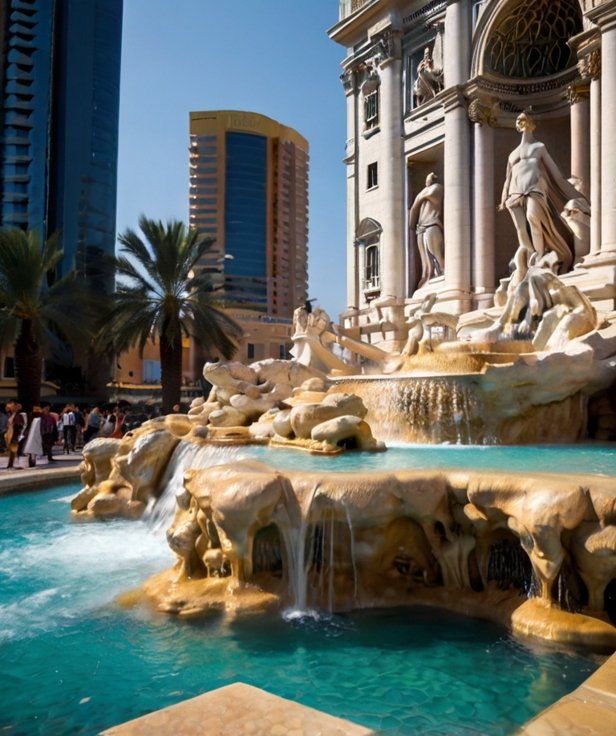
In a move that has stunned art lovers and economists alike, sources inside Italy’s Ministry of Finance have confirmed that the iconic Trevi Fountain is being sold to Dubai. The deal, reportedly worth €1.2 billion, is part of an innovative effort to reduce Italy’s budget deficit while modernizing Rome’s historic infrastructure.
Government officials, speaking under strict anonymity, have described the plan as a “win-win for everyone.” While the exact details remain under wraps, the most surprising aspect of the transfer is Dubai’s plan to give the Trevi Fountain an aquatic upgrade: filling it with the rare and highly prized pesce d’Aprile fish. These luminous, gold-hued fish are said to bring prosperity to those who toss a coin into their waters—though skeptics note that no one has ever actually seen one in the wild.
A spokesperson from the acquiring firm, Dubai Heritage Innovations, assured the public that the fountain’s baroque beauty would remain intact. “We respect the cultural significance of this masterpiece and will ensure that it is rebuilt exactly as it was—only bigger, shinier, and perhaps with a few LED enhancements,” he said. Plans also include an air-conditioned viewing dome to protect visitors from the Middle Eastern heat.
Naturally, the reaction in Rome has been mixed. Some politicians have praised the government’s financial ingenuity, while others have raised concerns about the logistics of moving a 300-year-old monument across continents. Meanwhile, tourists who rushed to the site this morning found workers already measuring the fountain’s dimensions—though some reported noticing winks and suppressed smiles among the surveyors.
The sale is expected to be finalized by April 1, 2026, allowing ample time for international permits and the introduction of a special “Trevi Tax” on departing visitors to offset relocation costs.
For those wishing to make a final wish in the historic fountain, experts advise visiting soon—before the pesce d’Aprile make their grand debut.
Stay tuned for updates. Or, perhaps, just check today’s date. 😉
Mar 31, 2025
Tesla Under Fire in Italy: Rome Dealership Blaze and Growing Protests
Tesla's troubles in Italy are mounting, with the latest incident—a fire at a dealership in Rome—adding to a string of attacks and protests. Over 16 vehicles were damaged in the early morning blaze, and authorities suspect arson. This comes amid growing resistance to Tesla in Italy, where the brand has faced criticism.
One factor fueling the backlash is Tesla CEO Elon Musk’s perceived closeness to Donald Trump, a figure unpopular among many Europeans. His ties to the former U.S. president have led some to view Tesla not just as a car brand but as a political symbol, intensifying opposition.
Because of political concerns, Tesla is also struggling with declining sales across Europe. Demand for Tesla vehicles (EVs) has slowed, and Tesla's market share was already under pressure from both traditional European automakers and emerging Chinese competitors. In many countries sales dropped by over 40% in February, with sales in Germany dropping 76.3% compared to the same month in 2024.
The Rome fire follows other incidents of vandalism and protests against Tesla in Italy. Labor groups have also voiced concerns that Tesla’s aggressive expansion could threaten jobs in Italy’s traditional automotive sector.
As Tesla faces declining European sales and increasing hostility, Italy appears to be a particularly difficult market. Whether the Rome fire was an act of political defiance or simple vandalism remains uncertain, but one thing is clear—Tesla's road in Italy is getting bumpier by the day.
Mar 31, 2025
Buying and Restoring an Old Italian House – Tips & Essential Insights
Thinking of buying and restoring an old house in Italy? Discover expert tips on finding, purchasing, and renovating a historic home with character.
Continue reading "Buying and Restoring an Old Italian House – Tips & Essential Insights"
Mar 19, 2025
USA versus Italy
1. Coffee Culture ☕
USA: A bucket-sized coffee to-go, preferably flavored like a pumpkin or a caramel explosion.
Italy: A tiny espresso shot that disappears in two sips—if you ask for a “large coffee,” expect confused stares.
2. Tipping 💰
USA: 20% tip, or risk getting chased out of the restaurant.
Italy: Tipping is optional, and waiters don’t pretend they love you just to get one.
3. Meal Times ⏳
USA: Dinner at 6 PM, in bed by 9.
Italy: Dinner starts at 8:30 PM if you’re early, and you won’t leave the table before midnight.
4. Pasta Rules 🍝
USA: Spaghetti with meatballs drowning in sauce, sometimes cut up with a knife.
Italy: Pasta should never swim, meatballs are a separate dish, and cutting pasta is a crime.
5. Customer Service 📞
USA: “How can I help you today?” with a smile, and a refund if you blink the wrong way.
Italy: “Why are you bothering me?” and good luck getting anything returned.
6. Driving 🚗
USA: Big roads, big cars, and mostly following the rules.
Italy: Tiny roads, tiny cars, and absolute chaos disguised as skillful driving.
7. Fashion 👗
USA: Sneakers, sweatpants, and baseball caps—comfort first.
Italy: Even to buy bread, Italians look runway-ready.
8. Waiting in Line 🏦
USA: A neat, orderly queue.
Italy: A polite-looking crowd that somehow lets nonnas and “just one question” people get served first.
9. Weather Reactions ❄️☀️
USA: 50°F? Shorts and flip-flops!
Italy: 50°F? Full winter gear and endless complaints about the “freezing” temperatures.
10. Football vs. Football 🏈⚽
USA: Football = helmets, touchdowns, and Super Bowl commercials.
Italy: Football = soccer, passion, and lifelong arguments over penalty calls.
Mar 15, 2025
Progress on the Bridge to Sicily
The bridge is happening. In fact, it has been confirmed that financing from the EU is now secure. Personally, I'll believe it when I see the bridge built with my own eyes. Until that happens, I will have my doubts.
Lots of people have asked me about the risk of earthquakes to the bridge, and in the continue reading link at the end of this article I have more about the risk of earthquakes in Sicily and Calabria. However, the design, which has now been finalized, takes the risk into account. It will be able to resist the following:
Earthquakes:
Magnitude 7.1 Richter without damage, maintaining safety margins. Decades of studies confirm this as the area's maximum potential.
Wind:
Designed to endure winds over 300 km/h. Studies ensure stability even in strong winds.
Rail Traffic:
Safe passage for two 750-meter trains on each track simultaneously.
Italy's government says this bridge is not only for Sicily and Calabria; it is for all of Italy and indeed Europe.
By bridging the geographical gap, it unlocks unprecedented access to markets, tourism, and job prospects, fueling, according to the government, growth and prosperity.
Mar 13, 2025
Earthquake Rocks Naples
Last night, the ground beneath Campi Flegrei rumbled again, as a 4.4-magnitude earthquake shook the region near Naples. It was strong enough to send people running into the streets in places like Pozzuoli and Bagnoli, startled awake by the tremors. While the quake caused some structural damage, with buildings suffering cracks and debris falling from historic sites, thankfully, no serious injuries were reported.
This isn’t the first time the Phlegraean Fields, a massive volcanic caldera, has reminded residents of its restless nature. Experts continue to monitor the area closely, as the ground has been slowly rising for years, a phenomenon known as bradyseism, which signals movement beneath the surface.
But despite the unsettling night, locals have met the situation with their signature resilience—and a bit of humor. Some restaurants have introduced "earthquake discounts," offering a percentage off the bill based on the magnitude of the latest tremor. A 4.4 quake? That’s 4.4% off your meal! It’s a uniquely Italian way of coping—turning even seismic activity into an excuse to gather for good food and laughter.
While the uncertainty of living on a restless landscape is real, the spirit of Campi Flegrei remains unshaken. Life goes on, and the people here, like so many Italians, continue to embrace it—even when the earth beneath them refuses to stay still.
Feb 23, 2025
The Column of Marcus Aurelius
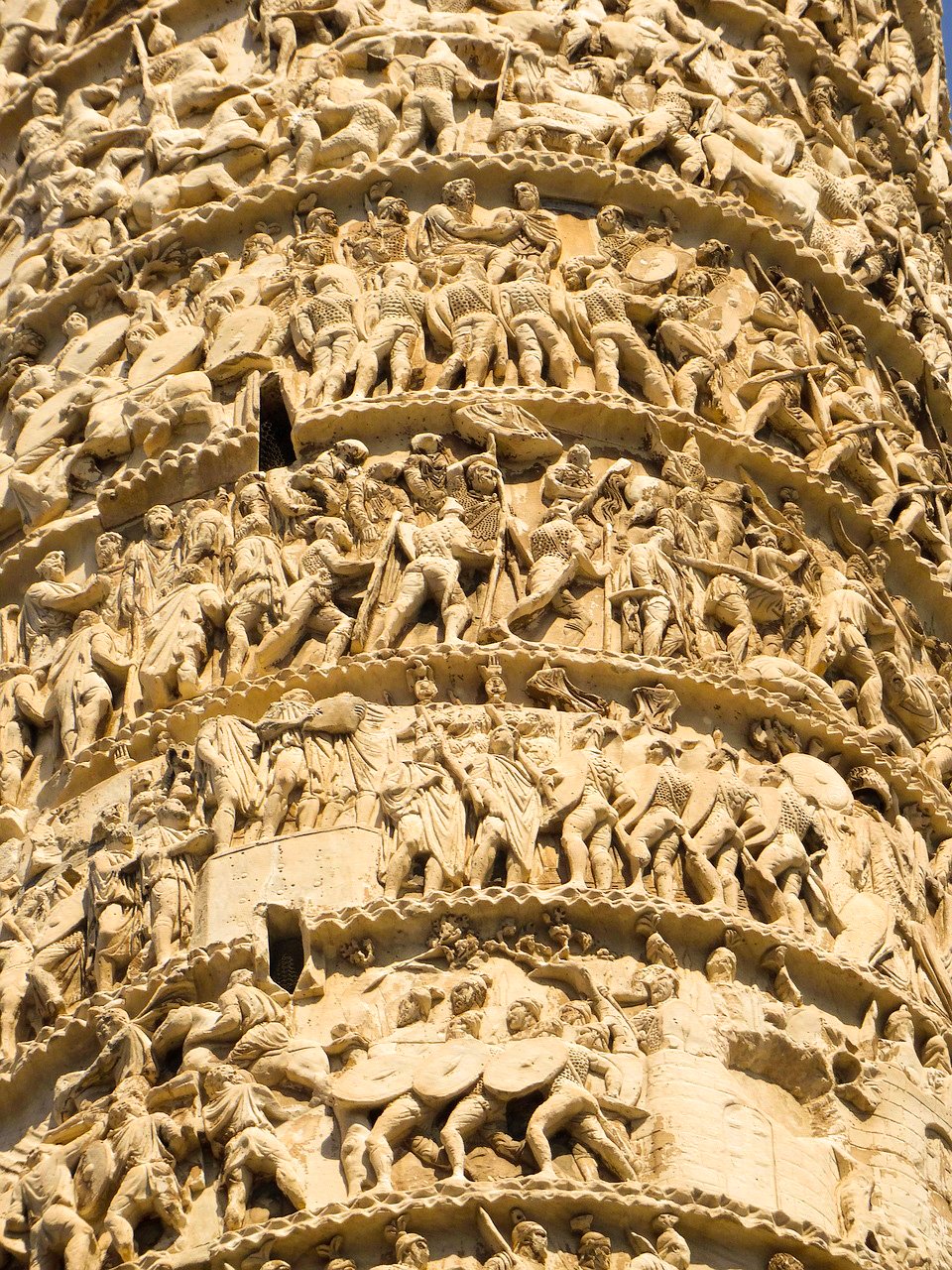
The Column of Marcus Aurelius is one of Rome’s most remarkable ancient monuments, standing proudly in Piazza Colonna near the Via del Corso. Built between AD 180 and 193, it was commissioned by Emperor Commodus to honor his father, Marcus Aurelius, and commemorate his military victories, particularly against the Germanic tribes and Sarmatians during the Marcomannic Wars (AD 166–180).
Inspired by Trajan’s Column, it features a spiraling relief frieze that depicts the emperor’s military campaigns in stunning detail. The carvings, arranged in a continuous narrative, show Roman soldiers crossing rivers, engaging in battle, and performing religious rituals. The high-relief style creates depth and dynamism, making the figures stand out dramatically against the stone. One of the most striking scenes portrays the "Rain Miracle", where a sudden downpour, believed to have been sent by Jupiter, saved the Roman army from defeat.
The column stands about 39 meters (128 feet) high, including its base, and was originally topped by a bronze statue of Marcus Aurelius, later replaced by a statue of Saint Paul in the 16th century. The column is hollow, with an internal spiral staircase leading to the top, once accessible to visitors.
Over the centuries, the monument has remained remarkably well-preserved and continues to be a key historical and artistic landmark in Rome. It serves as a testament to Marcus Aurelius' military achievements and the enduring grandeur of Roman imperial propaganda. Today, it stands as a reminder of Rome’s rich past, admired by tourists and scholars alike.
Feb 18, 2025
Italy's Town of Immigrants
Camini, a small village in the province of Reggio Calabria, was once on the brink of abandonment. Like many rural towns in southern Italy, it suffered from decades of depopulation as younger generations left in search of better opportunities elsewhere. With its historic streets growing quieter and homes falling into disrepair, Camini was at risk of becoming yet another ghost town.
However, instead of fading into obscurity, the village found a new lease on life thanks to an initiative that welcomed immigrants, particularly refugees and asylum seekers. Through a program run by the local cooperative Jungi Mundu (meaning "Unite the World"), newcomers were provided with housing, job training, and opportunities to integrate into the community. Empty homes were restored, artisanal crafts were revived, and agriculture was reinvigorated.
This initiative not only gave migrants a fresh start but also breathed new life into Camini itself. Shops reopened, schools that were once at risk of closing found new students, and the village once again buzzed with activity. Many of the newcomers have settled permanently, contributing to the economy and social fabric of the town.
Here are some of their stories. They are in Italian, but the pictures tell the story...
Feb 11, 2025
Plan Your Italian Adventure with the Regions of Italy Map & Insights
Use the regions of Italy map to plan your next Italian adventure, with detailed insights into each region’s culture, attractions, and unique beauty.
Continue reading "Plan Your Italian Adventure with the Regions of Italy Map & Insights"
Feb 07, 2025
The Most Beautiful Door in the World
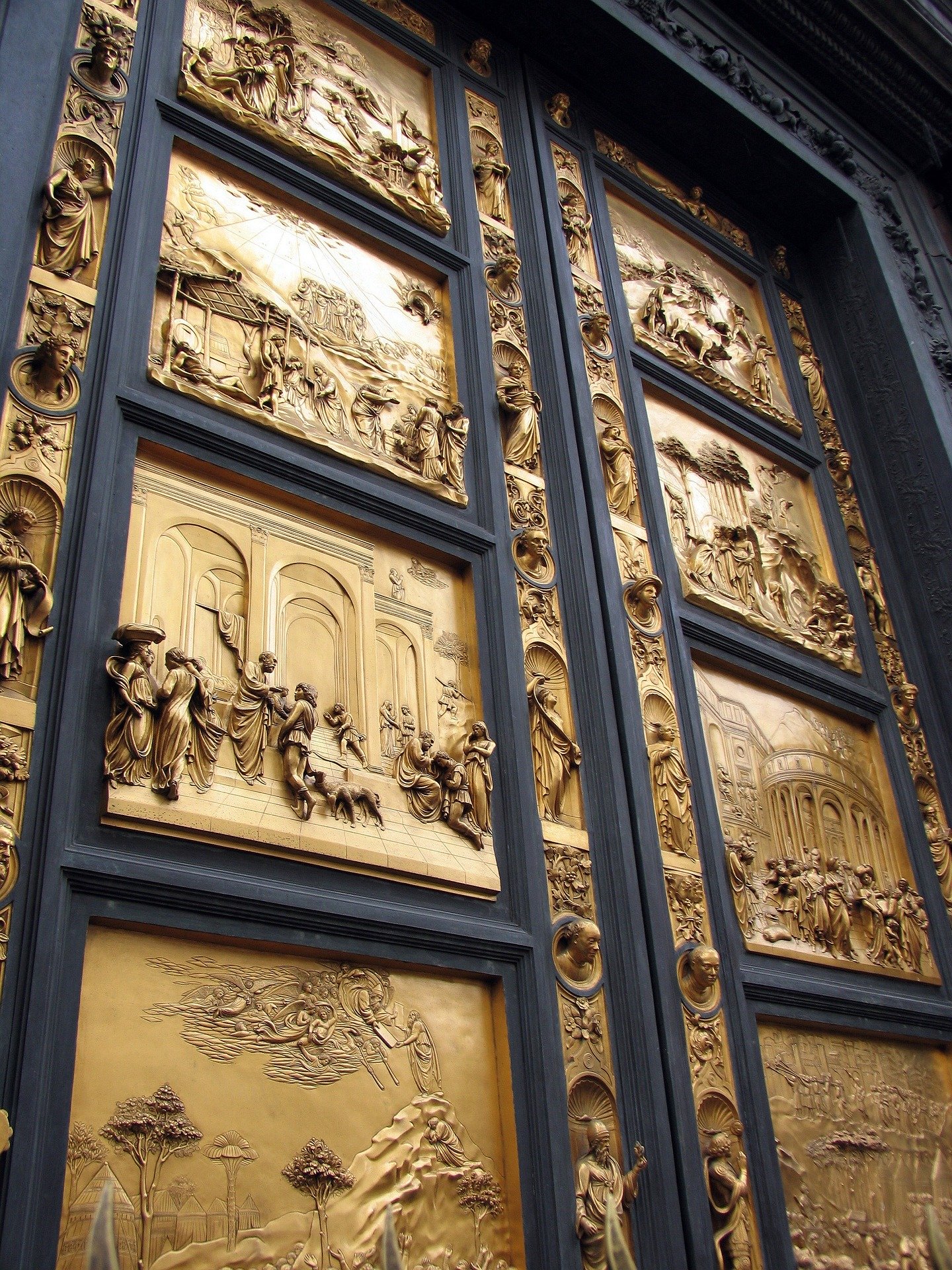
The Battistero door in Florence, also known as the Gates of Paradise, is a masterpiece of Renaissance art and a testament to the city's rich cultural heritage. Located on the eastern side of the Baptistery of Saint John, these bronze doors were created by the renowned artist Lorenzo Ghiberti. Commissioned in 1425 and completed in 1452, the doors consist of ten panels depicting scenes from the Old Testament, each one a marvel of intricate detail and artistic skill.
Ghiberti won the commission in a competitive contest, besting other prominent artists of the time, including Filippo Brunelleschi. His victory marked a significant moment in the Renaissance, emphasizing the era's values of artistic innovation and humanism. The panels showcase Ghiberti's mastery of perspective and his ability to convey complex narratives through relief sculpture.
Each panel of the Gates of Paradise is a visual storybook, illustrating biblical tales such as the creation of Adam and Eve, the story of Noah, and the sacrifice of Isaac. Ghiberti's use of perspective and spatial depth was revolutionary, creating a sense of three-dimensionality on a flat surface. This technique not only brought the scenes to life but also influenced generations of artists, including Michelangelo, who famously dubbed the doors the "Gates of Paradise."
The doors were originally installed as the east doors of the Baptistery, facing the Florence Cathedral, and they quickly became one of the city's most admired artworks. In the 20th century, to protect them from damage and the effects of weather, the original doors were moved to the Museo dell'Opera del Duomo, and replicas were installed in their place.
Jan 31, 2025
Discover Italy's Regions: Best to Worst - Our Ultimate Guide
Planning your Italian vacation? Check out our ranking of all 20 regions, from Veneto’s rich culture to Calabria’s rugged beauty. See the full list now!
Continue reading "Discover Italy's Regions: Best to Worst - Our Ultimate Guide"
Jan 17, 2025
A Lavish Pompeii Discovery: The Grand Roman Spa Unveiled
Nestled in the heart of a once-grand Pompeiian residence, archaeologists have unveiled an opulent private bathhouse, possibly the largest ever discovered in the ancient city. This stunning find offers a rare glimpse into the indulgent lives of Rome’s elite.
The Bathing Experience
The bathhouse was a masterpiece of Roman engineering, featuring distinct hot, warm, and cold rooms (calidarium, tepidarium, frigidarium). Guests began their journey in a vibrant changing room adorned with red walls and intricate mosaics before moving to the hot room, where heat circulated under the floors and through the walls.
Next, the warm room allowed for a luxurious oil massage, followed by a refreshing dip in the cold room’s massive plunge pool, surrounded by frescoes of athletes and elegant red columns. This space could comfortably host up to 30 people—imagine the conversations and wine shared in this sanctuary of leisure.
The Banqueting Connection
Adjacent to the bathhouse, a magnificent black-walled dining hall hosted lavish feasts. Such spaces weren’t mere venues for meals; they served as political stages where hosts solidified alliances and displayed their cultural sophistication.
A Tragic Reminder
Amidst the splendor, two skeletons were found in a modest room—victims of Vesuvius’s fury. The poignant scene underscores the fragile line between luxury and tragedy in Pompeii.
A Window to the Past
This discovery reaffirms the “Pompeii effect,” a feeling that its residents had just stepped out moments ago. The bathhouse, alongside other finds, paints a vivid picture of Roman life, artistry, and the human stories woven into these ancient walls.
Jan 13, 2025
Ultimate Guide: Where to Stay in Italy's Top Cities and Scenic Towns
Looking for where to stay in Italy? Our guide reveals the best hotels and neighborhoods in Rome, Venice, Florence, and beyond. Make your trip unforgettable.
Continue reading " Ultimate Guide: Where to Stay in Italy's Top Cities and Scenic Towns"
Jan 02, 2025
The Magic of La Befana and Her Sweet Surprises!
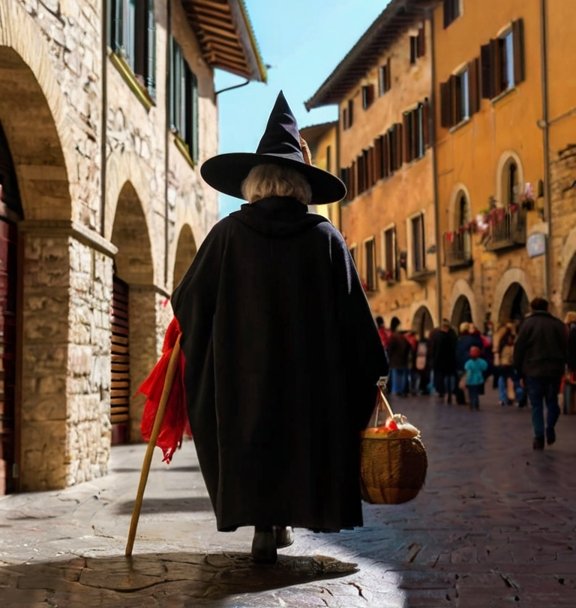
Befana Day in Italy is one of the most magical, quirky, and downright fun traditions you’ll experience. Every year on January 6th, Italians celebrate La Befana, a kind but mischievous old witch who flies on her broomstick to deliver treats to children. Think of her as Italy’s answer to Santa Claus—but with a lot more character!
The story goes that Befana was too busy cleaning her house (classic Italian mamma!) to join the Wise Men on their journey to see baby Jesus. Regretting her decision, she now flies across Italy every year, searching for Him and leaving gifts—or lumps of coal—along the way.
On the night of January 5th, kids hang up stockings, eagerly awaiting her visit. If they’ve been good, they’ll wake up to find stockings stuffed with sweets, chocolates, and small toys. But for the naughty ones? A lump of coal! (Don’t worry, these days the “coal” is usually black candy—no broken hearts here.)
But Befana Day isn’t just for the little ones. Towns and villages across Italy come alive with festivals, parades, and street markets. In Venice, Befana even joins a regatta, where rowers dress as witches and race their boats along the canals. Meanwhile, in Urbania, in the Marche region, thousands flock to the annual Befana festival, complete with giant stockings, live music, and, of course, a big broomstick-toting Befana herself.
And because this is Italy, food plays a starring role. On Befana Day, families gather to feast on traditional sweets like panettone, torrone, and Befanini cookies, colorful treats decorated with sprinkles. Some regions even make special Befana cakes to share.
La Befana may not be as glamorous as Santa, but she’s got her own Italian charm. She reminds us to start the new year with generosity, good humor, and maybe a little mischief.
Nov 26, 2024
Exploring Sardinia: Which is the Best Costa Smeralda Beach to Visit?
Searching for the best Costa Smeralda beach? I spent 10 summers exploring Sardinia’s coastline, and the results are worth the wait. Click to find out!
Continue reading "Exploring Sardinia: Which is the Best Costa Smeralda Beach to Visit? "
Nov 22, 2024
San Ginesio: A charming Italian village that will steal your heart
San Ginesio is one of those little villages where you get that immediate sense of belonging. Once you arrive you'll feel as if you should never leave.
Continue reading "San Ginesio: A charming Italian village that will steal your heart"
Nov 20, 2024
Urbino is a Small, Absolutely Gorgeous and Entirely Wonderful place
Thinking of visiting Urbino? I think I have discovered perfection. This lovely town was the first place my wife and I stayed in Marche after moving to Italy.
Continue reading "Urbino is a Small, Absolutely Gorgeous and Entirely Wonderful place"
Nov 19, 2024
San Marino: All the Beauty of Italy, None of the Hassle!
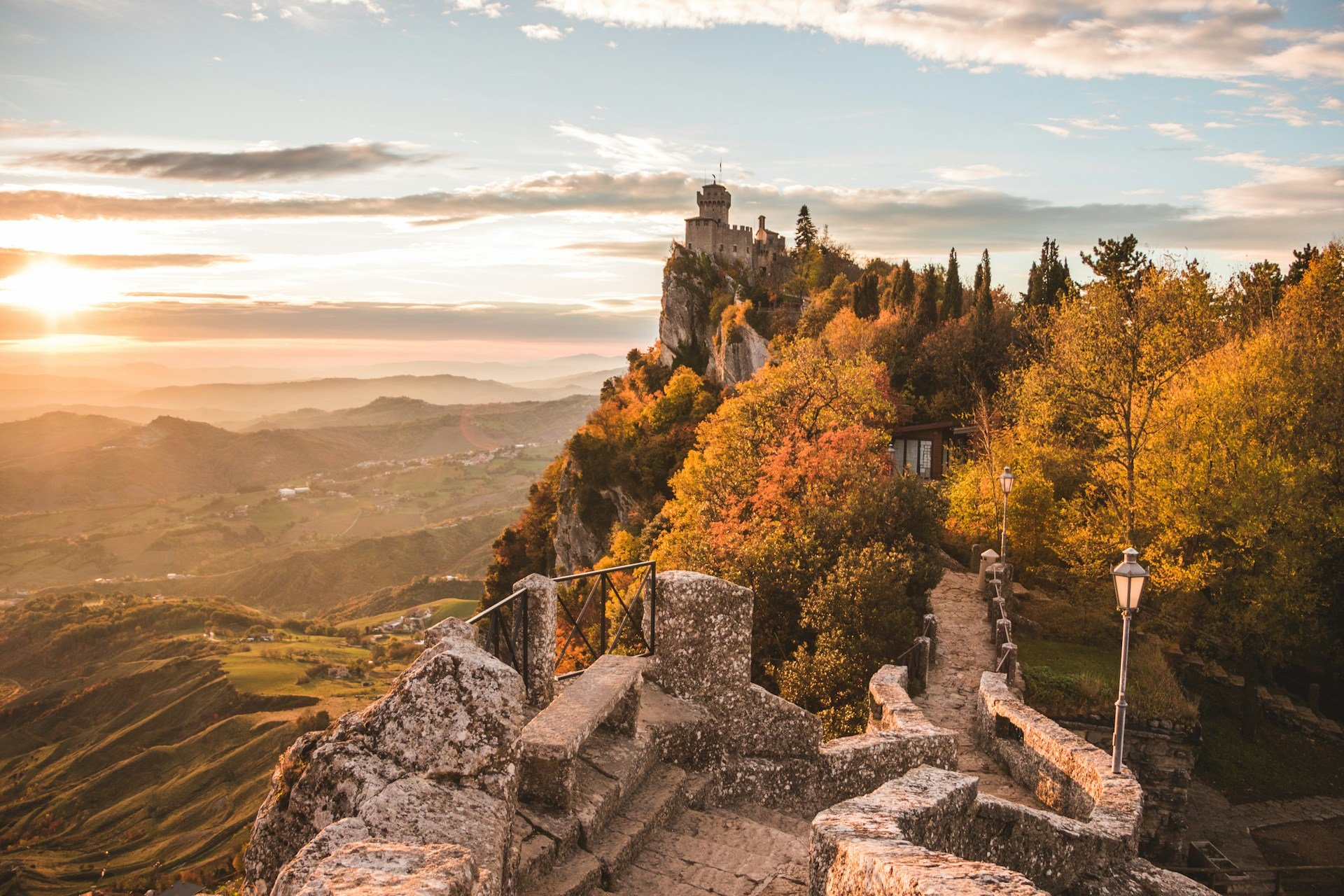
San Marino is a hidden gem that offers everything wonderful about Italy—without any of the downsides. Nestled in the heart of Italy, this tiny independent republic combines stunning scenery, rich history, and warm hospitality in a peaceful, crowd-free setting.
Unlike many popular Italian destinations, San Marino is refreshingly calm. There are no long queues or overwhelming crowds here, making it easy to explore at your own pace. The streets of its capital, also called San Marino, are clean and well-preserved, lined with charming shops and authentic restaurants serving delicious Italian-inspired cuisine.
History buffs will love the ancient towers perched atop Monte Titano, a UNESCO World Heritage Site. These fortifications, offering breathtaking views of the surrounding countryside, date back to medieval times. The cobbled streets, old churches, and museums add layers of history, rivaling the allure of more famous Italian cities.
San Marino also boasts Italy’s beauty—rolling hills, scenic vistas, and picture-perfect architecture—without the high costs or tourist traps. Shopping here is duty-free, so you can pick up quality goods and unique souvenirs at a fraction of the price.
Another bonus? Parking is plentiful, and navigating the area is stress-free. Unlike Italy’s infamous traffic and ZTL (restricted traffic zones), you can easily drive and park in San Marino without a headache.
San Marino offers everything you love about Italy—gorgeous landscapes, incredible food, and centuries of history—without the negatives. It’s Italy’s best-kept secret, where you can immerse yourself in Italian charm without the usual hustle and bustle.
Plan a visit to San Marino, and you’ll discover why this tiny republic is one of Europe’s most enchanting destinations.
Nov 18, 2024
The Loveliest Walking Tour of Turin
Uncover the magic of Turin on a walking tour through markets, museums, and cafes, highlighting the charm of this stunning European city.
Nov 17, 2024
Italy Shines in Condé Nast Traveller’s Top Food Cities!
Foodies, rejoice! Condé Nast Traveller just revealed their 2024 Readers' Choice Awards for the best food cities in the world, and Italy has two cities in the top 10! Can I just say, as an Italian food lover, how proud I am?
Here’s the countdown of the top food cities:
- Cape Town, South Africa (95.65%) – A blend of African, Malay, Dutch, and Indian flavors. From fresh seafood to world-class vineyards, this city tops the list.
- Milan, Italy (95.20%) – Yes, Milan takes second place! With dishes like risotto alla Milanese and cotoletta, this city proves it’s a culinary powerhouse.
- Valencia, Spain (95.00%) – The home of authentic paella and fresh seafood delights.
- Tokyo, Japan (94.78%) – Sushi, ramen, and Michelin-star dining galore!
- Porto, Portugal (94.48%) – Known for its francesinha and thriving cafe culture.
- Hong Kong, China (93.94%) – Dim sum dreams come true here!
- Bangkok, Thailand (93.71%) – Street food heaven with a thriving Michelin-starred scene.
- Rome, Italy (93.33%) – Our second Italian star! From carbonara to cacio e pepe, the Eternal City knows how to satisfy.
- Singapore (92.90%) – Street food with Michelin Guide nods.
- Sydney, Australia (92.50%) – Laid-back brunches and creative bistros.
Continue reading "Italy Shines in Condé Nast Traveller’s Top Food Cities!"
Nov 12, 2024
The 12 greatest train journeys in Italy & Tips Galore
From the 12 greatest Italian train journeys to common visitor mistakes never to make? We have everything you need to know about train journeys in Italy
Continue reading "The 12 greatest train journeys in Italy & Tips Galore"
Nov 11, 2024
Why Italians Eat Dinner So Late: Culture Shock or Best Idea Ever?
Hey, fellow travelers! 🛫🌍 I just got back from an incredible trip to Italy, and there’s one thing I just cannot stop thinking about — how late Italians
Continue reading "Why Italians Eat Dinner So Late: Culture Shock or Best Idea Ever?"
Nov 07, 2024
The 9 Pitfalls of 1 Euro Houses in Italy:
You’ve been misled about €1 houses in Italy! Discover the 9 biggest pitfalls of buying and renovating so you don’t make a costly mistake. Get the facts now!
Continue reading "The 9 Pitfalls of 1 Euro Houses in Italy: "
Nov 02, 2024
New €2 Fee at Trevi Fountain
The recent decision to charge a €2 fee at Rome's Trevi Fountain aims to tackle a growing issue for Italy’s most beloved sites: overcrowding.
The €2 entry fee is expected to be introduced sometime in 2025. This move aligns with new efforts to manage the heavy visitor flow at the popular landmark, particularly with the increased tourism expected for the Catholic Jubilee Year beginning in December 2024. During this period, a temporary walkway will also be constructed to allow visitors a closer view while protecting the site’s surroundings.
The fountain draws thousands of visitors daily, making crowd management a challenge. With over 10,000 people visiting each day during peak times, maintaining an enjoyable, safe experience has become increasingly difficult for tourists and locals alike. This fee could help limit the constant flood of visitors, adding a minor cost that may, in turn, help preserve the area’s charm and give tourists more room to appreciate the artistry of the Baroque masterpiece without jostling crowds.
This measure is just one part of a wider push to protect Italy's historical sites from the unintended impacts of tourism. Popular spots like Venice’s St. Mark’s Square and Florence’s Uffizi Gallery have also implemented crowd-control measures.
While these top destinations are breathtaking, many alternative places across Italy offer equally awe-inspiring beauty—without the throngs of tourists. Italy boasts countless hidden gems: charming coastal towns, serene mountain villages, and under-the-radar historical sites that capture Italy’s magic just as well as the Trevi Fountain.
If you’re drawn to Italy’s remarkable history, art, and landscapes but prefer a quieter experience, there are plenty of wonderful alternatives. These lesser-known destinations let you enjoy Italy at a slower pace, without the added fees and bustling crowds.
For those eager to explore more, click on "continue reading" below the advert to discover hundreds of equally wonderful sights to visit across Italy. Each offers an authentic experience—minus the overwhelming tourist crowds. From untouched beaches, picturesque hilltop villages, or ancient ruins, there’s a hidden corner of Italy waiting just for you.
Oct 28, 2024
Insuring Your House in Italy – Comprehensive Guide for Expats
Discover the essentials of house insurance in Italy, from coverage optionsto costs, and secure your dream home with confidence. Find all you need to know!
Continue reading "Insuring Your House in Italy – Comprehensive Guide for Expats"
Oct 21, 2024
Classic Homemade Tiramisu Recipe Straight from Italy
The ultimate Tiramisu recipe, straight from Italy! This authentic and easy-to-follow guide will have you creating the perfect "pick me up" dessert in no time.
Continue reading "Classic Homemade Tiramisu Recipe Straight from Italy"
Oct 04, 2024
8 Charming Small Towns in Tuscany You Must Visit
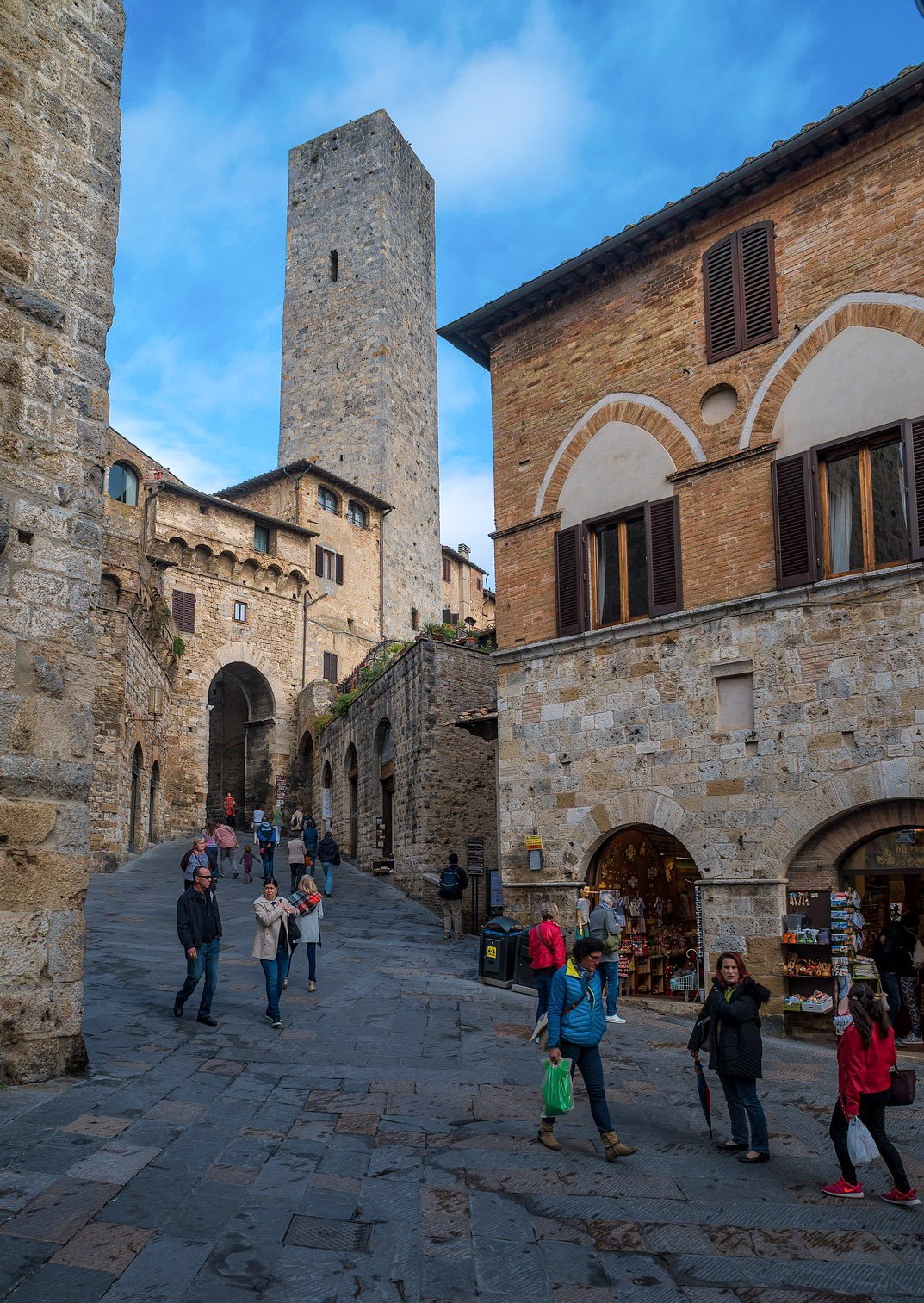
Tuscany, renowned for its rolling hills, stunning landscapes, and historic cities, is also home to many charming small towns that offer a glimpse into authentic Italian life. Here are seven small towns in Tuscany you shouldn't miss:
1. Montemerano
Nestled in the heart of Tuscany, Montemerano is a medieval gem with its cobblestone streets, ancient walls, and charming piazzas. The town's crown jewel is the Church of San Giorgio, which houses beautiful frescoes and artwork.
2. San Gimignano
Known as the "Town of Fine Towers," San Gimignano is famous for its medieval architecture and stunning skyline of towers. Stroll through its historic center, a UNESCO World Heritage site, and enjoy local specialties like saffron and Vernaccia wine. Here's all you need to know about San Gimignano
3. Pienza
Pienza, a UNESCO World Heritage site, is often referred to as the "Ideal City" of the Renaissance. Its harmonious layout, designed by Pope Pius II, offers stunning views of the Val d'Orcia. Don’t miss the Palazzo Piccolomini and the famous pecorino cheese.
4. Montepulciano
Famous for its Vino Nobile wine, Montepulciano is a hilltop town that combines medieval and Renaissance architecture. Explore its elegant palaces, the grand Piazza Grande, and the beautiful church of San Biagio.
5. Volterra
With its Etruscan roots, Volterra boasts a mix of ancient and medieval structures. The well-preserved city walls, the Roman Theatre, and the Palazzo dei Priori are must-sees. Volterra's alabaster crafts are also renowned.
6. Cortona
Perched on a hill, Cortona offers breathtaking views of the surrounding valleys. Its rich history is evident in the Etruscan Academy Museum and the beautiful Santa Margherita Basilica. The town's charming streets were featured in the film "Under the Tuscan Sun."
7. Pitigliano
Often called "Little Jerusalem" for its historical Jewish community, Pitigliano is carved into volcanic tufa rock. Wander through its ancient alleys, visit the impressive Orsini Fortress, and explore the fascinating Jewish quarter and synagogue.
8. Arezzo
Arezzo is a captivating medieval city renowned for its opulent history and vibrant artistic heritage. Wander through its resplendent cathedrals, lively piazzas, and the illustrious antiques market that conjures the charm of yesteryears.
These small towns in Tuscany offer a perfect blend of history, culture, and scenic beauty, making them essential stops on your Tuscan adventure.
Continue reading "8 Charming Small Towns in Tuscany You Must Visit"
Oct 02, 2024
Explore Turin, Italy: Must-Watch Videos of This Elegant City
Let these videos of Turin take you on an incredible journey of discovery through one of Europe's greatest cities.
Continue reading "Explore Turin, Italy: Must-Watch Videos of This Elegant City"
Sep 04, 2024
EES and ETIAS: Do You Need to Be Fingerprinted to Enter Italy?
New ETIAS and EES Rules for Italy: From later this year, Americans and others will need to provide fingerprints and get ETIAS authorization. We Have the Details
Continue reading "EES and ETIAS: Do You Need to Be Fingerprinted to Enter Italy? "
Sep 03, 2024
How to Make Traditional Carbonara: A Step-by-Step Guide
Learn how to make classic Carbonara with our authentic recipe. Simple, delicious, and packed with rich, traditional Italian flavors everyone will love.
Continue reading "How to Make Traditional Carbonara: A Step-by-Step Guide"
Aug 27, 2024
Fried Polenta with Scamorza Cheese
The only recipe for Fried Polenta with Scamorza Cheese you'll ever need or ever want. Don't believe me? Try it and you'll be convinced!
Aug 19, 2024
This is Italy's Most Beautiful Statue: Here's Why...
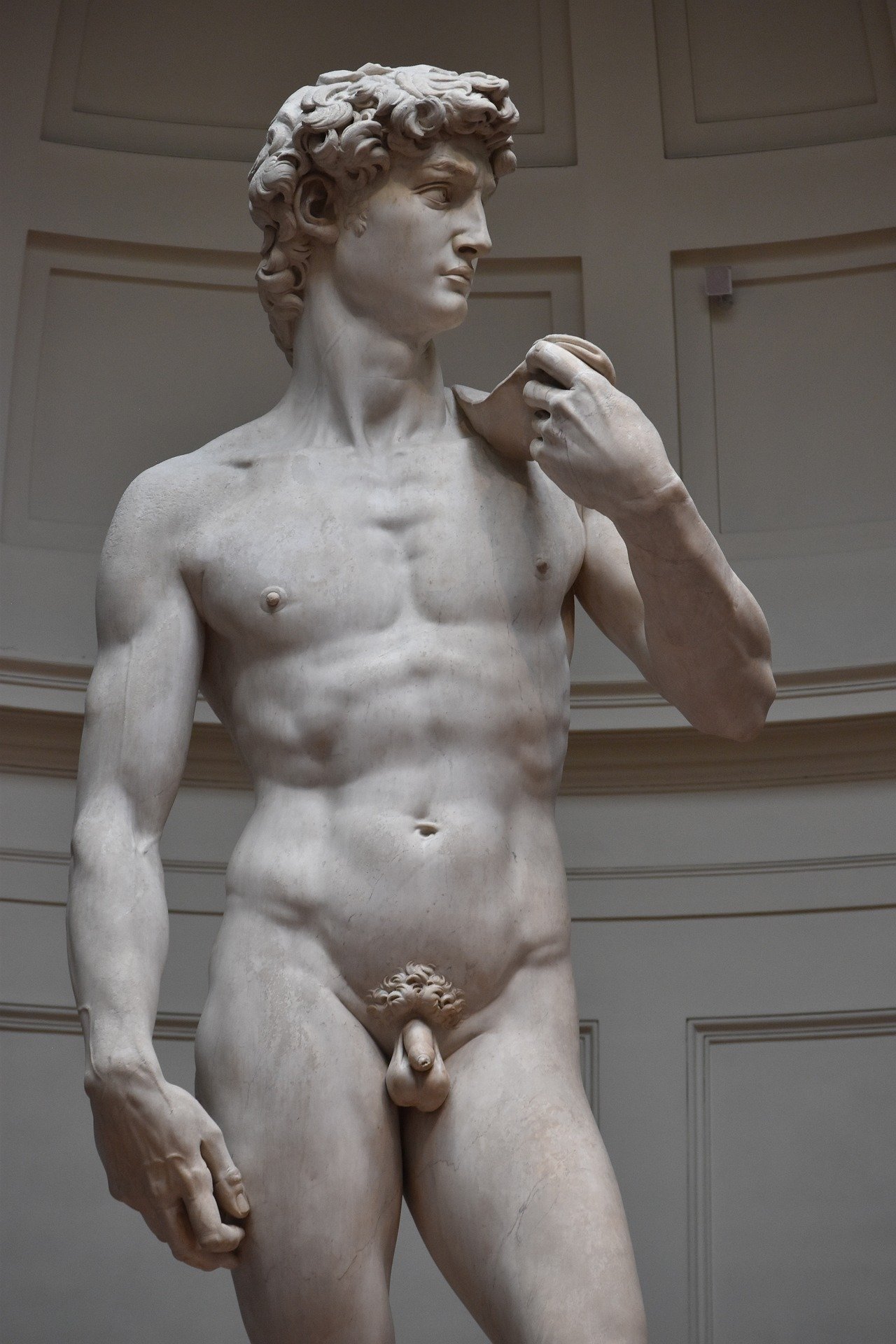
Michelangelo's David is hands down the most beautiful statue in Italy. This stunning masterpiece, found in Florence's Galleria dell'Accademia, perfectly captures the biblical hero David. What makes David so special is Michelangelo's incredible attention to detail.
The artist spent three years meticulously carving this 17-foot marble giant from a single block of Carrara marble, which had been deemed imperfect by other sculptors. Michelangelo's ability to see the potential within this flawed marble block is a testament to his extraordinary vision and skill.
One cool thing about David is his oversized right hand. Michelangelo did this on purpose to highlight David's strength and divine help. Additionally, some art historians believe the hand's size corrects the viewer's perspective when looking up at the statue, enhancing its powerful presence. These artistic choices combine to make David an iconic masterpiece.
Plus, his intense stare, known as "terribilità," shows his readiness to face Goliath, adding to the statue's lifelike feel.
David's relaxed yet poised pose showcases Michelangelo's skill in making the marble seem alive. His use of contrapposto, where the weight is shifted onto one leg, gives David a dynamic, almost real look.
In a nutshell, Michelangelo's David stands out for its anatomical precision, emotional depth, and artistic innovation. This statue isn't just a symbol of artistic brilliance; it's a testament to human potential and creativity. If you ever get the chance, seeing David in person is a must!
Aug 06, 2024
Alba Truffles, The Worlds Finest Truffles
Join the search for the world's finest truffle. Alba truffles are the ultimate gourmet experience and we have everything you will ever need to...
Continue reading "Alba Truffles, The Worlds Finest Truffles"
Jul 31, 2024
It Broke My Heart: Travel Insurance for Italy
The stories we heard broke our hearts. So, when people ask: "Is travel insurance for Italy necessary?" we reply...
Continue reading "It Broke My Heart: Travel Insurance for Italy"
Jul 29, 2024
Decoding the Symbolism in Leonardo da Vinci's The Last Supper
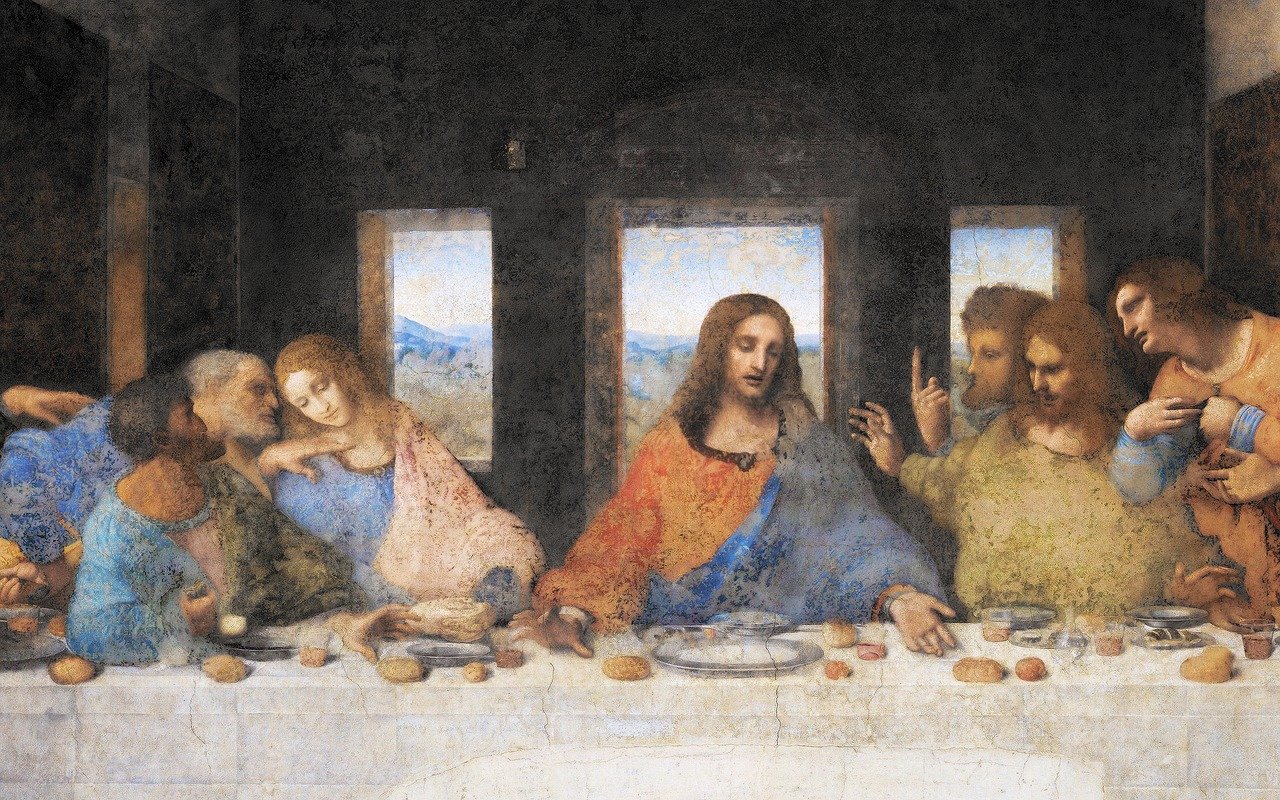
Leonardo da Vinci's "The Last Supper" is one of the most renowned paintings in the world, celebrated not only for its artistic mastery but also for its profound symbolism. Completed between 1495 and 1498, the fresco captures the moment Jesus announces that one of his disciples will betray him, a pivotal event in Christian theology.
The painting's composition is a masterpiece of balance and harmony. Jesus is at the center, forming an equilateral triangle with his outstretched arms, a symbol of the Holy Trinity. His serene demeanor contrasts sharply with the varied reactions of the twelve apostles, grouped in threes to create a rhythm across the table. These groups of three also subtly reference the Trinity.
Each apostle’s expression and gesture reflect their personalities and reactions to Jesus' revelation. For instance, Judas Iscariot, the betrayer, is depicted recoiling, clutching a small bag symbolizing the thirty pieces of silver he received for his betrayal. His face is cast in shadow, a stark contrast to the illuminated faces of the other apostles, symbolizing his moral darkness. Peter, seated next to Judas, holds a knife, foreshadowing his later defense of Jesus in the Garden of Gethsemane. John, the beloved disciple, appears sorrowful, leaning towards Peter.
The use of light and perspective in "The Last Supper" is also deeply symbolic. The room’s vanishing point, directly behind Jesus’ head, draws the viewer’s eye to him, reinforcing his central role. The light emanating from the windows behind Jesus creates a halo effect, subtly alluding to his divinity.
The food and drink on the table are also symbolic. The bread and wine refer to the Eucharist, the Christian sacrament commemorating Jesus’ sacrifice. This element underscores the painting’s religious significance, reminding viewers of the spiritual nourishment Jesus provides.
Leonardo’s "The Last Supper" is more than a depiction of a biblical scene; it is a complex narrative rich in symbolism. Through meticulous composition, gesture, and use of light, Leonardo invites viewers to contemplate the profound theological themes and human emotions encapsulated in this momentous event.
Jul 17, 2024
All About Sardinia: The Island That Keeps Calling You Back
Sardinia is a gentle, but persuasive lover; seducing you with long white beaches on her west coast and, secret coves on her east; all washed by a sapphire sea.
Continue reading "All About Sardinia: The Island That Keeps Calling You Back"
Jul 01, 2024
Emergency in Sicily
The drought crisis in Sicily has reached a dramatic and heart-wrenching level, severely affecting both the island’s residents and its future as a tourist destination. In Enna, water is so scarce that it's only available every other day, forcing farmers to slaughter their animals to conserve resources. The once-vibrant Lake Pergusa has vanished, leaving behind a bleak expanse of dried mud, symbolizing the severity of the situation.
Imagine this: rolling hills and fertile fields that once thrived with citrus orchards and vineyards now stand parched and cracked. Farmers face the grim reality of importing hay from the north to feed their starving livestock. The drought has caused an estimated €2.7 billion in damages to the agricultural sector alone, highlighting the devastating impact of climate change and water mismanagement.
Yet, amid this crisis, Sicily remains a land of incredible beauty and resilience, still beckoning travelers with its timeless allure. Should the drought deter you from visiting this enchanting island? Absolutely not.
First, consider the incredible spirit of Sicilians. Despite water shortages and oppressive heat that rarely dips below 20 degrees Celsius year-round, the people of Sicily are as warm and welcoming as ever. They have a profound connection to their land and culture, and visiting Sicily during this time can be an act of solidarity and support. Exploring Sicily contributes to the local economy, helping families and businesses struggling through these tough times.
Sicily's rich tapestry of history, culture, and natural beauty remains intact. The island is dotted with historical treasures, from the ancient ruins of Agrigento’s Valley of the Temples to the baroque splendor of Noto. Each corner of Sicily tells a story that continues to unfold, drought or not.
The charming town of Enna, perched high in the hills with panoramic views, offers a glimpse into the resilient heart of Sicily. The stunning architecture, lively markets, and warm hospitality of its people provide a rich experience that’s both humbling and inspiring.
Sicily’s culinary delights remain vibrant and innovative despite the drought. You can still savor mouthwatering arancini, fresh seafood, and Sicily’s renowned wines. Visiting local restaurants and wineries not only gives you a taste of authentic Sicilian flavors but also supports local producers determined to weather this storm.
For nature and adventure enthusiasts, Sicily’s diverse landscapes offer countless opportunities. From the rugged beauty of Mount Etna to the serene beaches of the southern coast, the island’s natural wonders are as captivating as ever. While some areas show signs of drought, others remain lush and inviting, showcasing Sicily’s incredible diversity.
However, it's essential to be mindful and respectful of the local situation. Water conservation is crucial, and visitors should be prepared to adapt to some restrictions. These minor adjustments are a small price to pay for the privilege of experiencing Sicily’s unmatched beauty and spirit.
Jun 16, 2024
10 Reasons to Visit Assisi Now
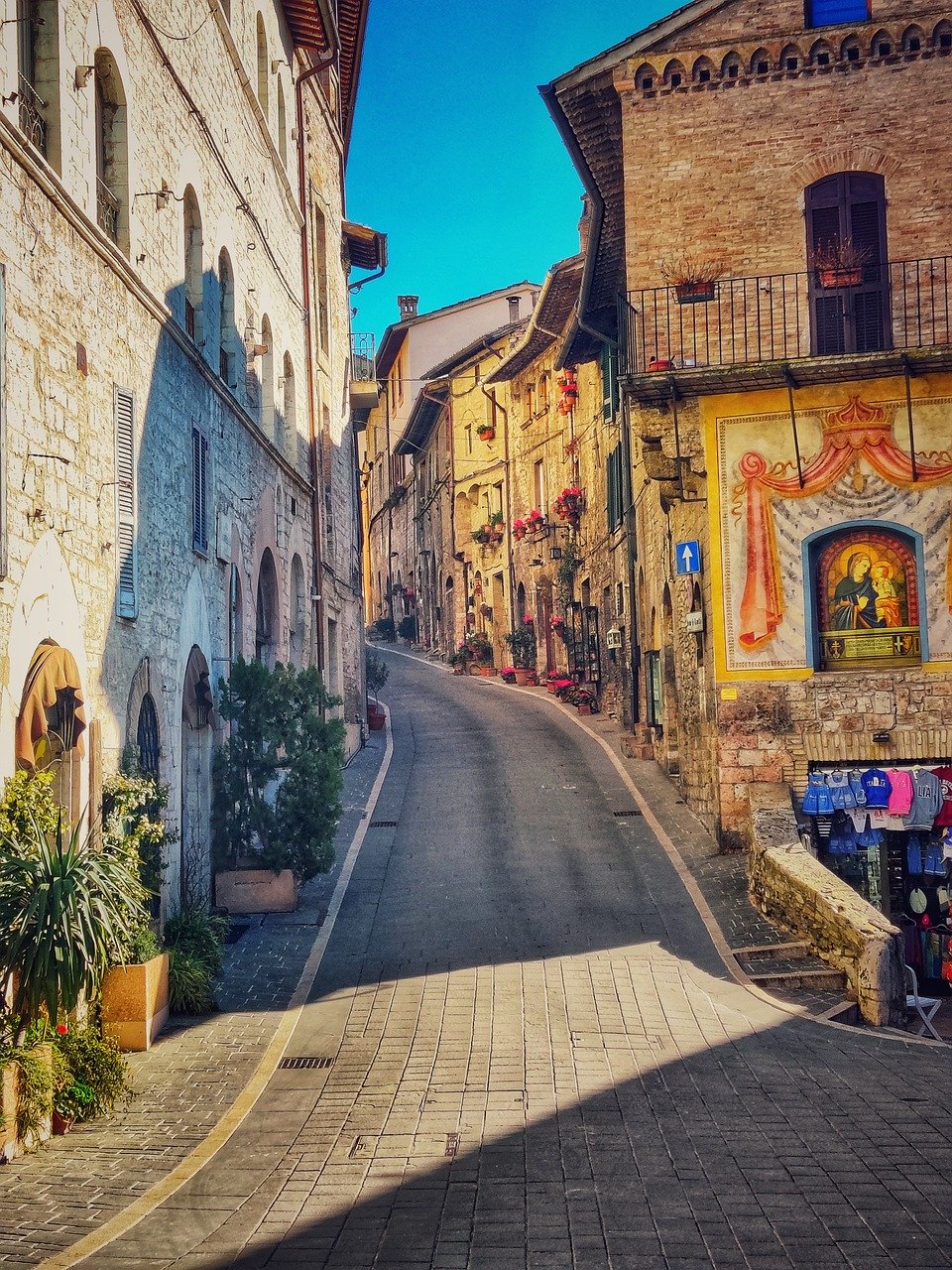
Basilica of Saint Francis: The primary draw of Assisi is the stunning Basilica of Saint Francis, a UNESCO World Heritage site. This majestic church, dedicated to Saint Francis of Assisi, features frescoes by renowned artists such as Giotto and Cimabue.
Spiritual Atmosphere: As the birthplace of Saint Francis, Assisi is a major pilgrimage site. The town exudes a serene and spiritual ambiance, offering visitors a place for reflection and tranquility.
Medieval Charm: Walking through Assisi feels like stepping back in time. The town's well-preserved medieval architecture, narrow cobblestone streets, and ancient stone buildings provide a charming and authentic experience.
Stunning Views: Perched on a hilltop, Assisi offers breathtaking panoramic views of the surrounding Umbrian countryside. The vistas are particularly striking at sunrise and sunset.
Rocca Maggiore: This imposing fortress atop the hill offers insight into Assisi's medieval past. Climbing to the top rewards you with spectacular views of the town and the rolling hills beyond.
Local Cuisine: Assisi boasts delicious Umbrian cuisine. Enjoy traditional dishes such as truffle pasta, porchetta, and a variety of local wines in the town’s cozy trattorias and restaurants.
Santa Maria degli Angeli: Just outside Assisi, this grand basilica houses the Porziuncola, a tiny chapel where Saint Francis founded the Franciscan order. It’s a site of immense historical and religious significance.
Cultural Festivals: Assisi hosts several festivals throughout the year, including the Calendimaggio, a vibrant medieval festival celebrating the arrival of spring with parades, music, and traditional costumes.
Art and History: Beyond the Basilica, Assisi is home to numerous other historic churches and museums, such as the Roman Temple of Minerva and the Pinacoteca Comunale, which showcase the town’s rich artistic heritage.
Peace and Quiet: Unlike more tourist-heavy Italian destinations, Assisi offers a peaceful retreat. Its serene environment is perfect for those seeking a break from the hustle and bustle of everyday life.
Assisi is more than just a town; it’s an experience that combines spiritual depth, historical richness, and natural beauty. Whether you're a history buff, a spiritual seeker, or simply in search of picturesque views and delicious food, Assisi is a destination that promises to leave a lasting impression.
May 21, 2024
Is this the work of Michelangelo?
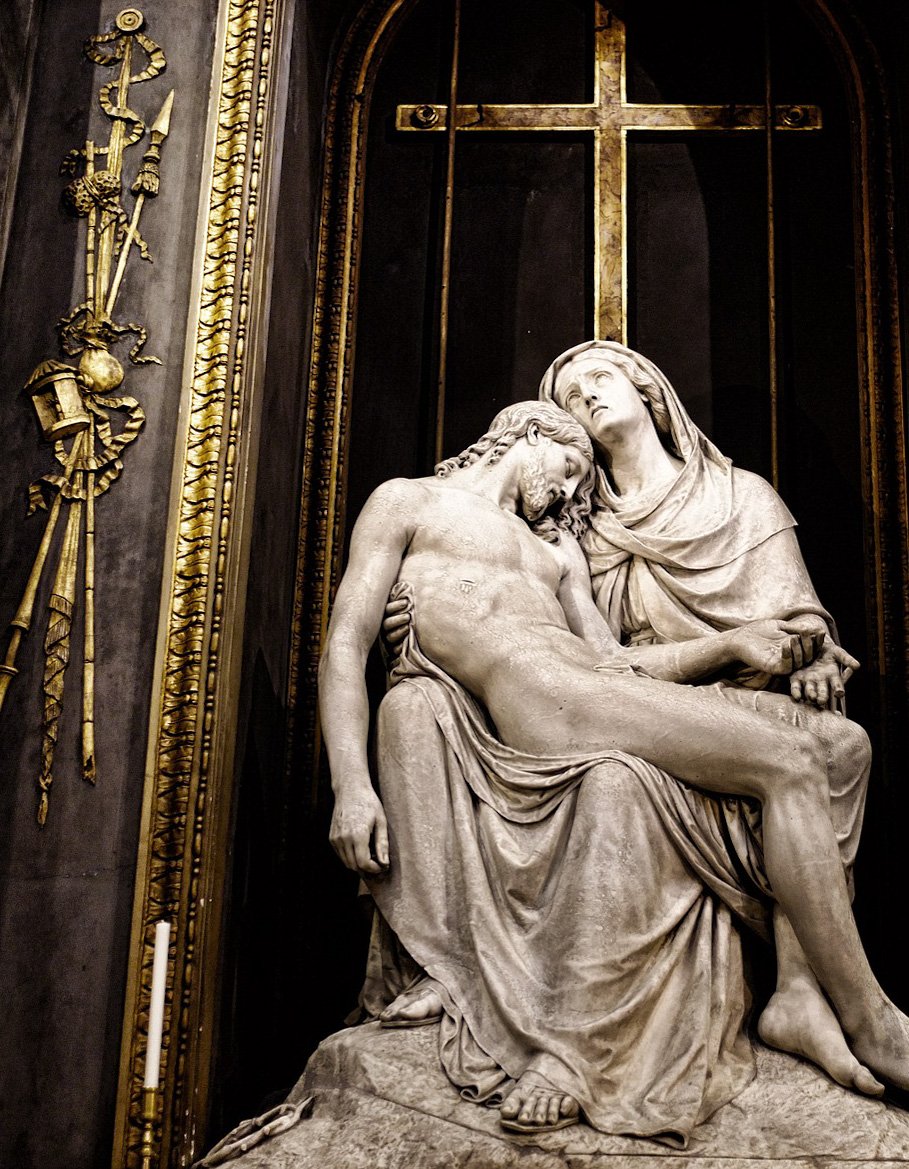
In the heart of Milan, the Temple of San Sebastiano cradles a profound secret—an exquisite Pietà sculpted by the skilled hands of Italian artist Benedetto Cacciatori. This hidden gem stands as a unique testament to the enduring power of artistic expression.
While Michelangelo's renowned Pietà in the Vatican captures the poignant moment with the head of Jesus positioned lower, Cacciatori's interpretation takes a distinctive and equally poignant approach. In this incarnation, Mary tenderly rests her cheek upon the head of Jesus, her gaze uplifted toward the heavens. This subtle variation infuses the sculpture with a profound sense of tragedy and emotion, inviting viewers to contemplate the profound connection between mother and son.
The Temple of San Sebastiano serves as the silent custodian of this masterful creation, offering a sanctuary for those seeking a different perspective on the iconic Pietà. Benedetto Cacciatori, a sculptor of notable prowess, has left an indelible mark with this stirring work, beckoning art enthusiasts to venture beyond the well-trodden paths and discover the nuanced beauty concealed within the artistic treasures of Milan.
While Michelangelo's Pietà remains an unrivaled masterpiece, Cacciatori's rendition in Milan stands as a testament to the diverse ways in which artists channel their emotions and interpretations into timeless works of art, ensuring that the resonance of the Pietà continues to captivate and move generations.
Michelangelo's version is below...
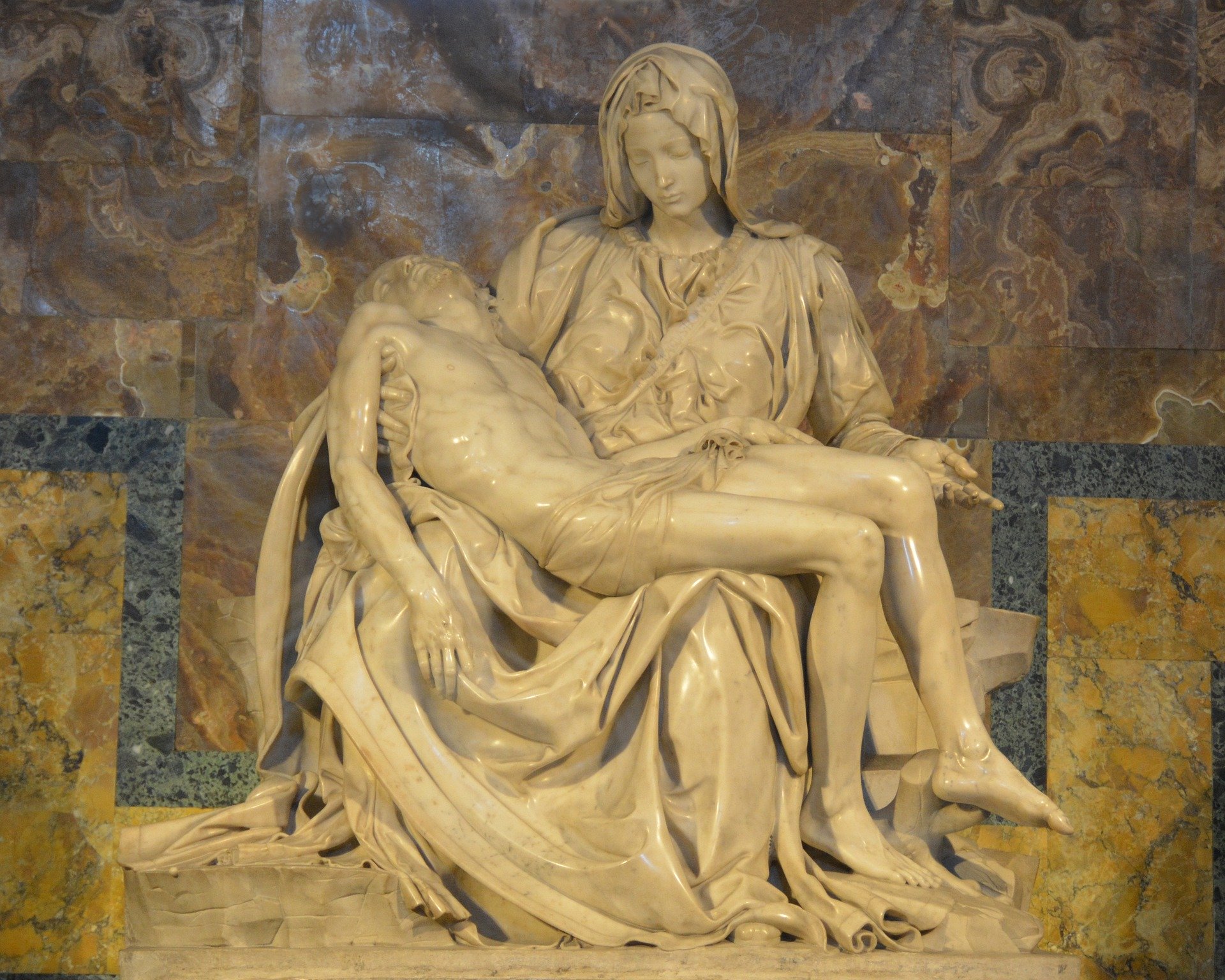
There is another version too, the one in the photo below. It is in the Trinita dei Monti church in Rome and is a plaster copy of the original marble work by Wilelm Theodor Achtermann, which was once upon a time in the Munster Cathedral. Sadly, the original was destroyed in the war.
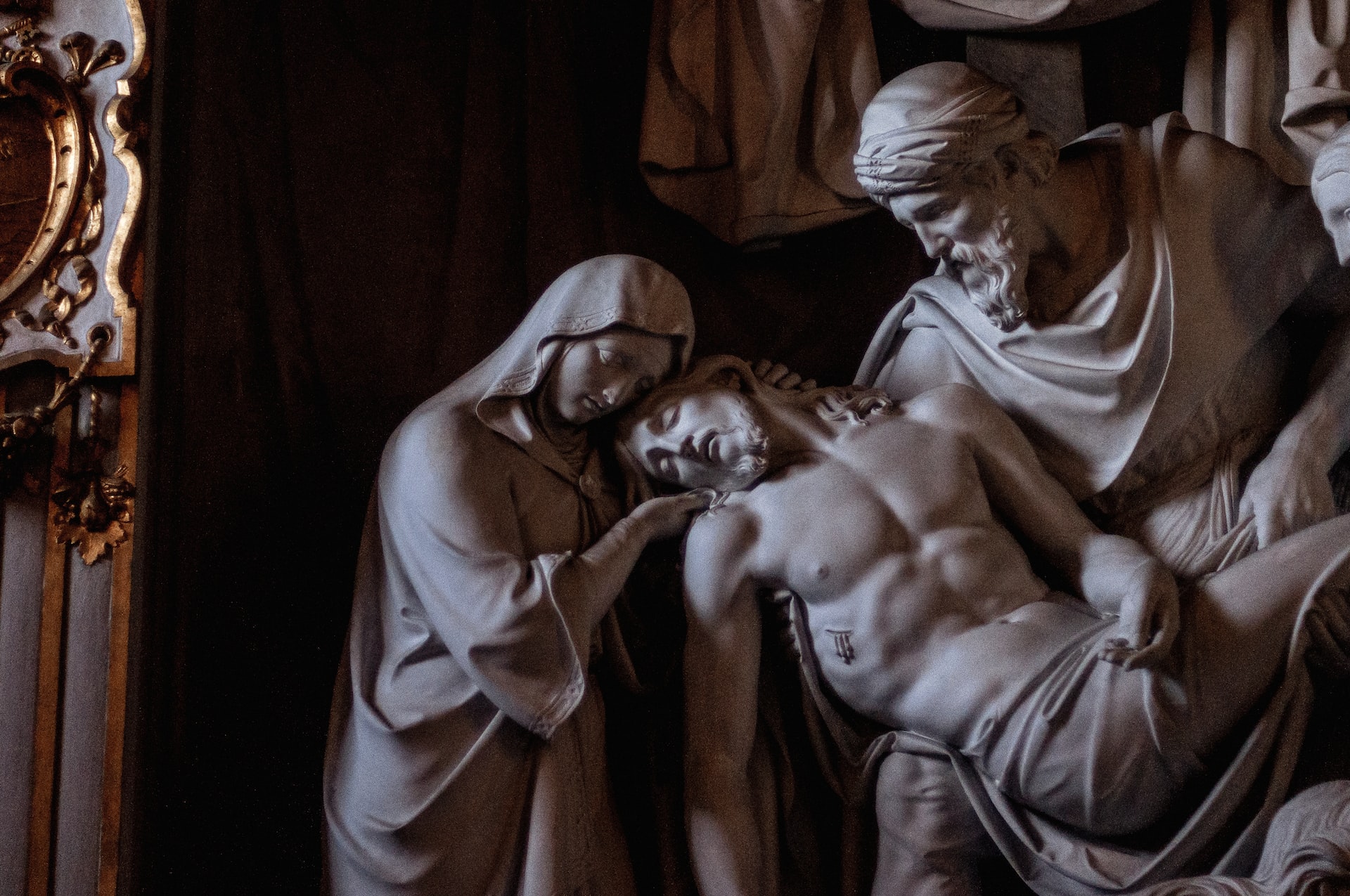
May 17, 2024
Trieste's Segregated Beach
In the Italian port city of Trieste lies a unique beach called Bagno La Lanterna, locally known as Pedocìn. What makes this beach stand out is its status as Europe’s last segregated beach, maintaining a tradition rooted in its historical and cultural background.
### Geographical Legacy
The origins of Bagno La Lanterna’s unique setup date back to when Trieste was part of the Habsburg Empire, a time characterized by strict social norms and decorum. The beach's local name, Pedocìn, derives from the dialect word “pedocìo,” meaning mussel, reflecting the area's history of shellfish cultivation.
### Strict Separation
Upon entering Bagno La Lanterna, visitors pay a nominal fee of €1. Women proceed to the left side of the beach, while men go to the right. This strict separation of sexes is a tradition that has been preserved and valued by the local community over the years.
### Historical Roots
The beach’s history adds to its distinctiveness. In the late 19th century, Bagno La Lanterna operated as a private beach club and was frequented by notable figures such as the writer James Joyce. When it transitioned to a public facility, the segregation of men and women was maintained by a concrete barrier, upholding a sense of “decency” as dictated by the era’s moral standards.
### Charm and Simplicity
The charm of Bagno La Lanterna lies in its simplicity and authenticity. Unlike luxurious resort beaches, it offers a more humble experience. The peeling paint on the dividing wall and the somewhat murky waters of the Adriatic Sea add to its nostalgic and genuine character.
For those visiting Trieste, a trip to Bagno La Lanterna provides a fascinating glimpse into a bygone era, offering both historical intrigue and a unique cultural experience. The beach stands as a testament to the enduring legacy of local traditions and the simple joys of seaside relaxation. 🏖️
May 06, 2024
What are they looking at?
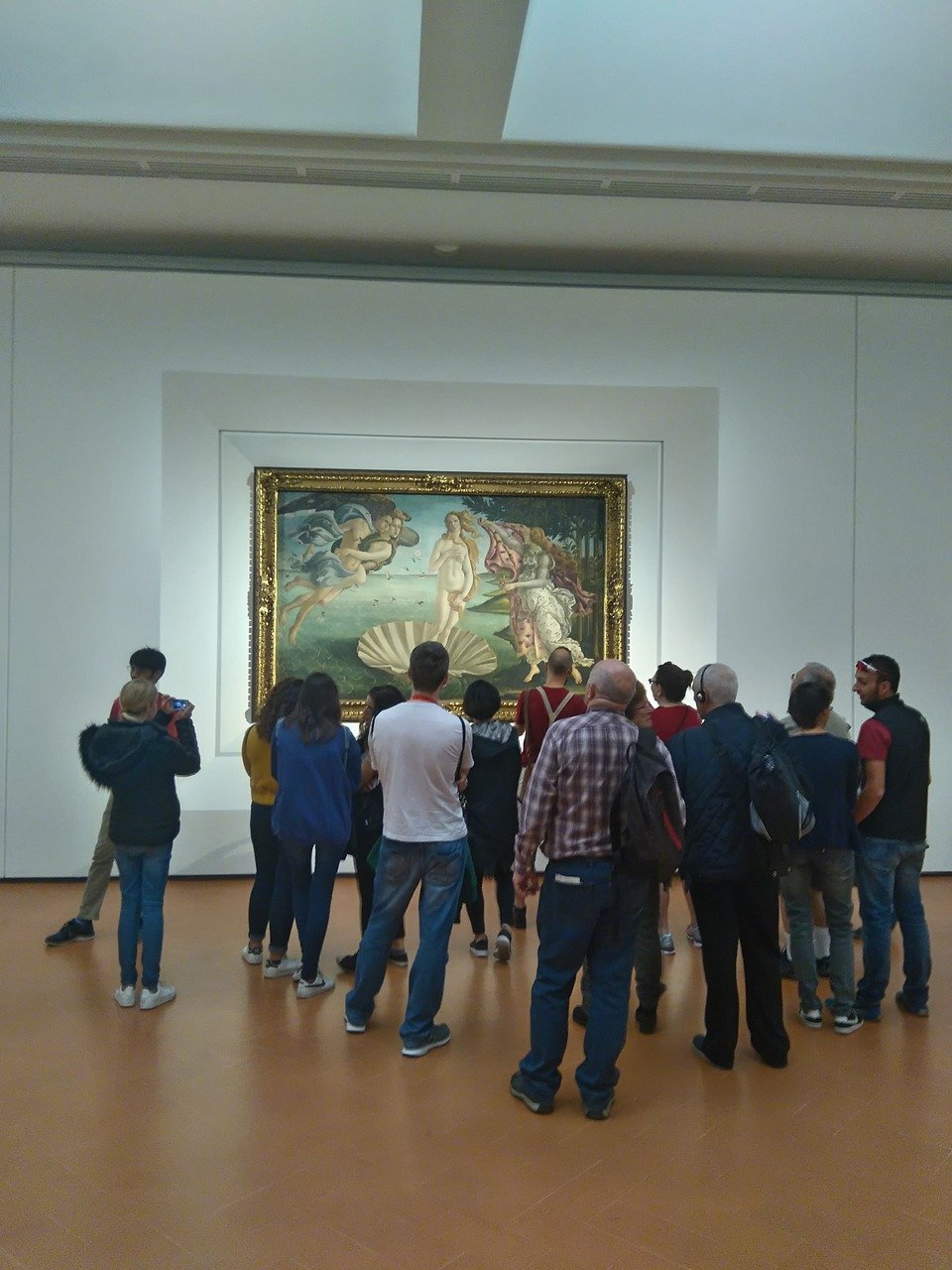
Botticelli, the maestro of the Renaissance, crafted a timeless spectacle in the heart of Florence. Imagine standing before this masterpiece, where the air seems to ripple with the birth of divine beauty. The painting is a harmonious dance of colors: seafoam greens, ethereal blues, and the blush of Venus herself.
As you gaze upon Venus, you're transported into a world where myth meets reality. The active strokes of Botticelli's brush breathe life into the goddess, evoking an ethereal aura. Venus stands, not merely as a figure on canvas, but as a living embodiment of grace, beauty, and the divine.
The scene unfolds with a sense of enchantment, capturing that moment when Venus, born of the sea foam, graces the earthly realm. The winds whisper, and you can almost feel the gentle breeze tousling Venus's golden locks. The sea, a canvas within a canvas, cradles her arrival, each wave a testament to the rhythmic flow of life.
Botticelli's voice echoes through the ages, inviting you to witness the splendor of creation. The reading level is as accessible as a tale whispered in a sunlit garden, making the birth of Venus not just a painting but an animated narrative.
In the midst of the Renaissance's opulence, "The Birth of Venus" is a beacon of optimism and an ode to the allure of classical beauty. Step into this luxurious destination of the imagination, where the brushstrokes of a genius guide you through a realm where goddesses are born from the embrace of the sea, and beauty transcends the boundaries of time.
Apr 22, 2024
Cinque Terre: 15 Euro Fee
Attention all visitors to the captivating Cinque Terre! A recent regulation has been put in place for those embarking on the famed hike from Monterosso al Mare to Vernazza along the Sentiero Azzurro trail. Beginning this season, a fee of 15 Euros is now required for each person venturing on this scenic journey.
This fee serves to uphold and safeguard the natural splendor of the trail and its surroundings. Given the popularity of this particular route, there has been a noticeable increase in foot traffic, necessitating measures to ensure the sustained integrity of the paths.
It's important to note that the fee is applicable solely for one-way hikes from Monterosso al Mare to Vernazza, with no return hikes in the opposite direction permitted. Additionally, it is mandatory for all hikers to wear appropriate walking shoes, with flip-flops or inadequate footwear strictly prohibited on the trail. This requirement is in place to guarantee the safety of all travelers and to minimize accidents or injuries on the rugged terrain.
While some may perceive this fee as an inconvenience, it is crucial to recognize its positive impact on preserving the natural environment of the Cinque Terre. The revenue generated from these fees contributes to trail upkeep, restoration endeavors, and environmental conservation initiatives, ensuring that future generations can continue to appreciate this magnificent coastal landscape.
Apr 20, 2024
Lake Orta - Most Beautiful and Romantic of all Italian Lakes
Lake Orta, an inspiration to poets and writers for centuries, is without doubt the most romantic lake in Italy and one of the most romantic places on earth.
Continue reading "Lake Orta - Most Beautiful and Romantic of all Italian Lakes"
Apr 16, 2024
You've been pronouncing bruschetta and other Italian words all WRONG?
Discover how to pronounce Italian words correctly! Our comprehensive guide covers pronunciation tips for common Italian terms, helping you speak with confidence
Continue reading "You've been pronouncing bruschetta and other Italian words all WRONG?"
Apr 15, 2024
The World's Top 10 Food Cites
1. Bologna: Known as "La Grassa" (the fat one), Bologna is famous for its rich cuisine, including hearty pasta dishes like tagliatelle al ragù (Bolognese sauce) and tortellini in brodo (stuffed pasta in broth).
2.Florence: Florence boasts a culinary tradition rooted in simplicity and quality ingredients. Tuscan specialties like ribollita (bread and vegetable soup) and bistecca alla fiorentina (Florentine steak) are highlights.
3. Naples: Birthplace of pizza, Naples offers some of the best pies in the world. Neapolitan pizza is known for its thin, chewy crust and flavorful toppings like San Marzano tomatoes and buffalo mozzarella.
4. Turin: Turin's cuisine is characterized by rich flavors and Piedmontese specialties. Dishes like bagna cauda (warm garlic and anchovy dip) and agnolotti del plin (stuffed pasta) showcase the region's culinary heritage.
5. Milan: Milan is synonymous with elegance and sophistication, reflected in its cuisine. Risotto alla milanese (saffron risotto) and osso buco (braised veal shanks) are must-try dishes.
6. Istanbul: Istanbul's cuisine is a fusion of flavors from Europe, Asia, and the Middle East. From kebabs and mezes to baklava and Turkish delight, the city offers a tantalizing array of dishes.
7. Palermo: Located in Sicily, Palermo is a melting pot of flavors influenced by Arab, Greek, and Norman cultures. Street food delights like arancini (rice balls) and panelle (chickpea fritters) abound.
8. Rome: Rome's cuisine reflects its ancient roots and diverse influences. From classic pasta dishes like cacio e pepe to hearty Roman classics like carciofi alla romana (Roman-style artichokes), the city is a culinary paradise.
9. Barcelona: Barcelona's culinary scene is diverse and vibrant, with a focus on fresh, seasonal ingredients. From traditional Catalan dishes like paella and seafood fideuà to innovative tapas, the city offers something for every palate.
10. Tokyo: Tokyo is a paradise for food lovers, boasting a plethora of Michelin-starred restaurants and bustling street food markets. From sushi and ramen to tempura and yakitori, Tokyo's culinary offerings are as diverse as they are delicious.
If you enjoy my site, I'd love your support.
All you need to do is book your accommodation via this link or any of the other hotel links on the website. Whether it's for travel to Italy... or anywhere else on earth, your support means the world to us.
You'll get the best deal available, and the income helps us stay independent and keep bringing you the best of Italy.
- HOME
- Our Blog
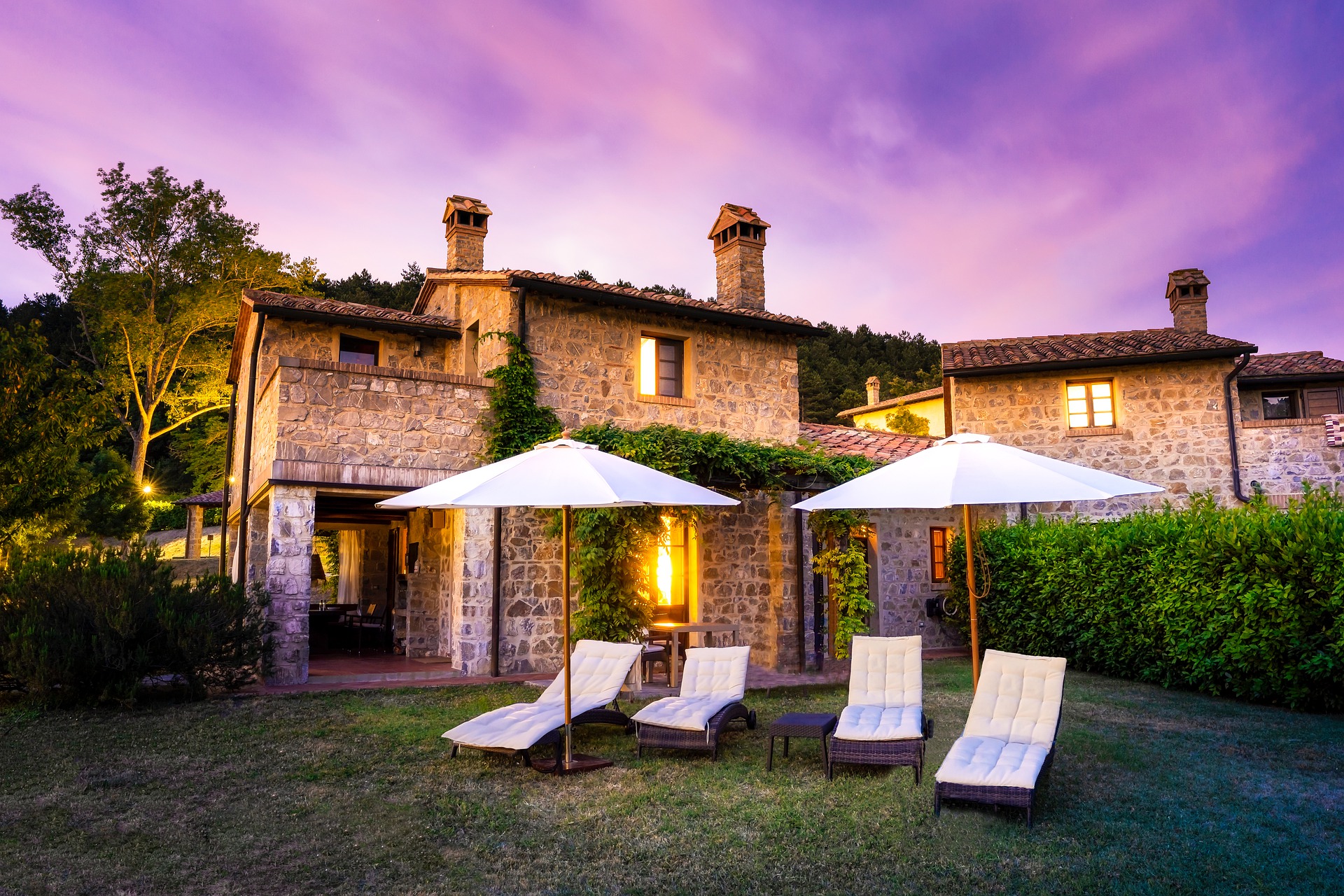
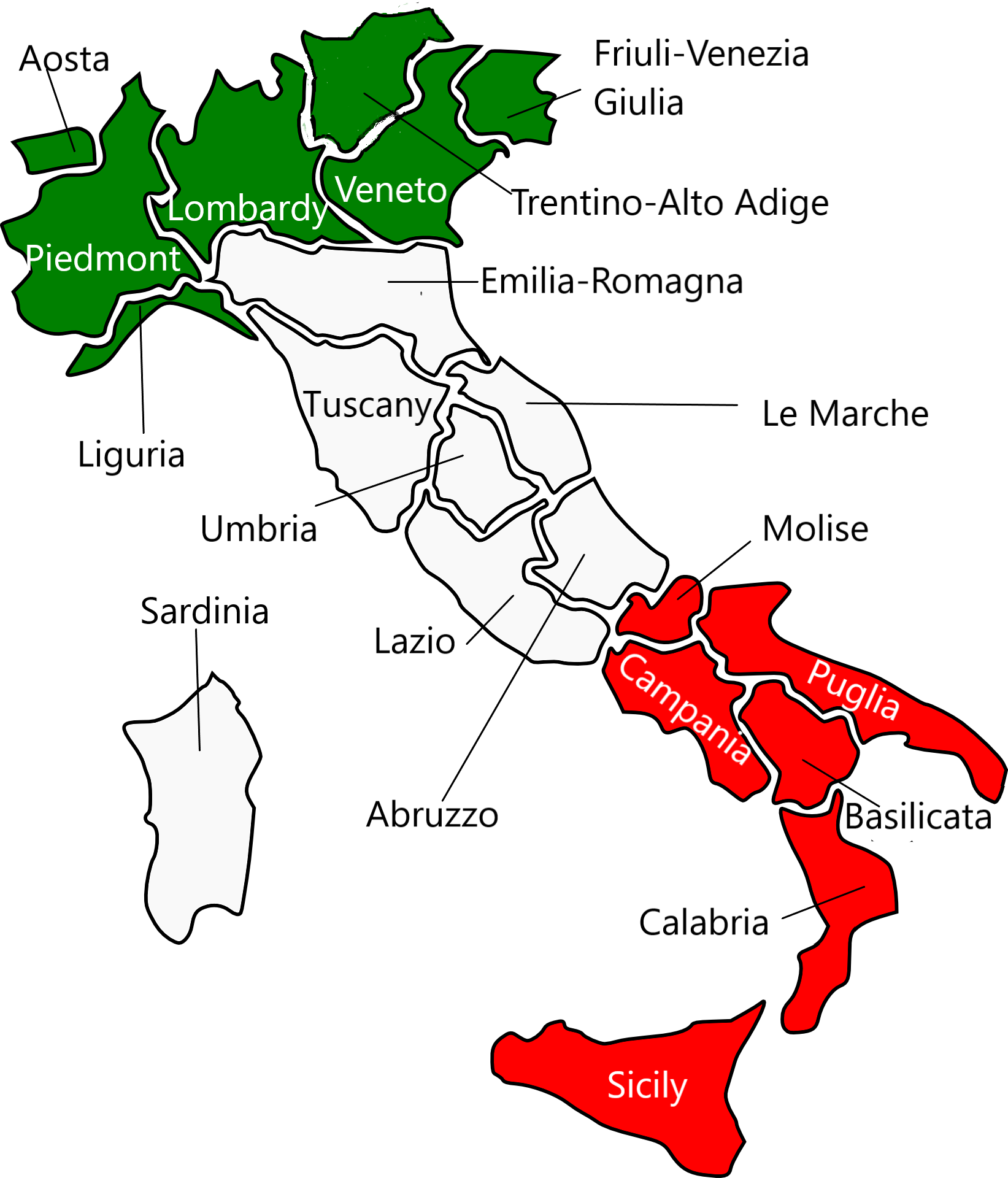
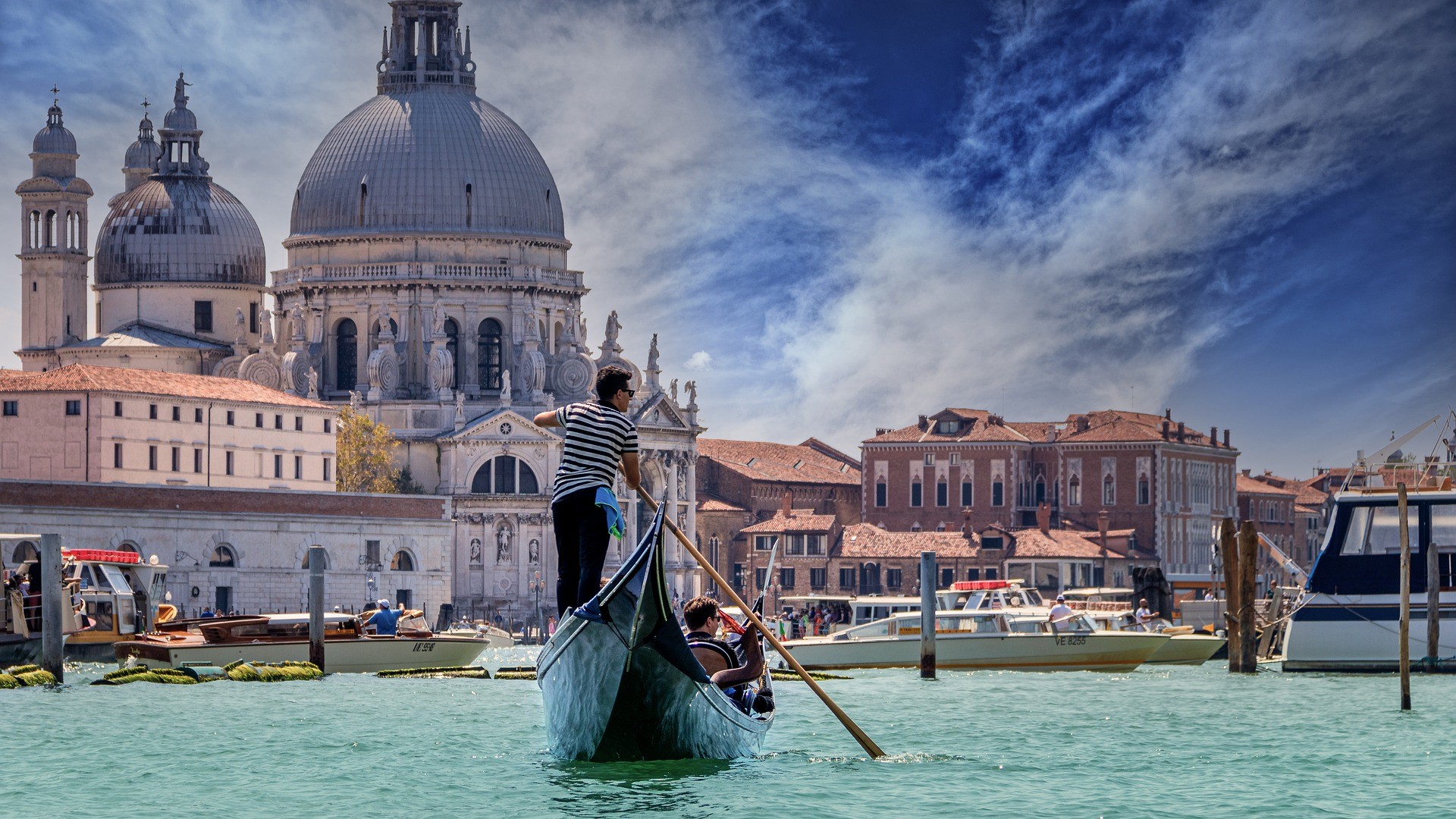
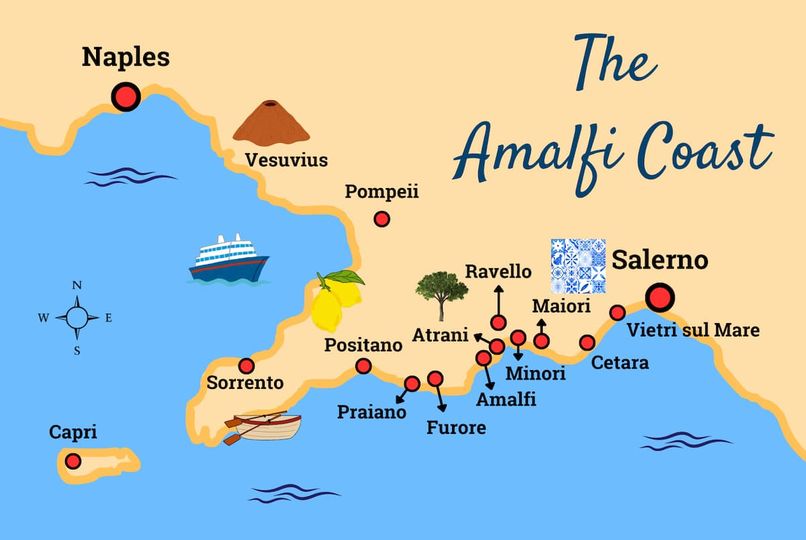
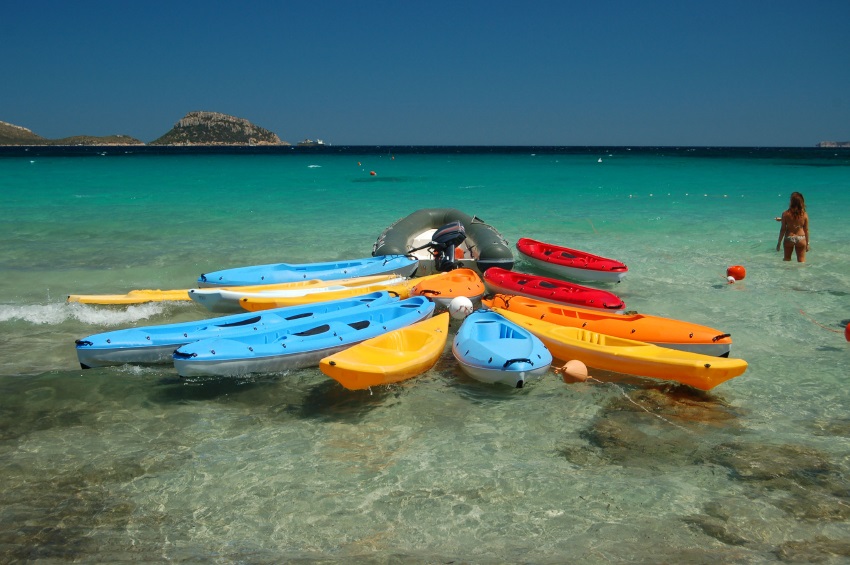
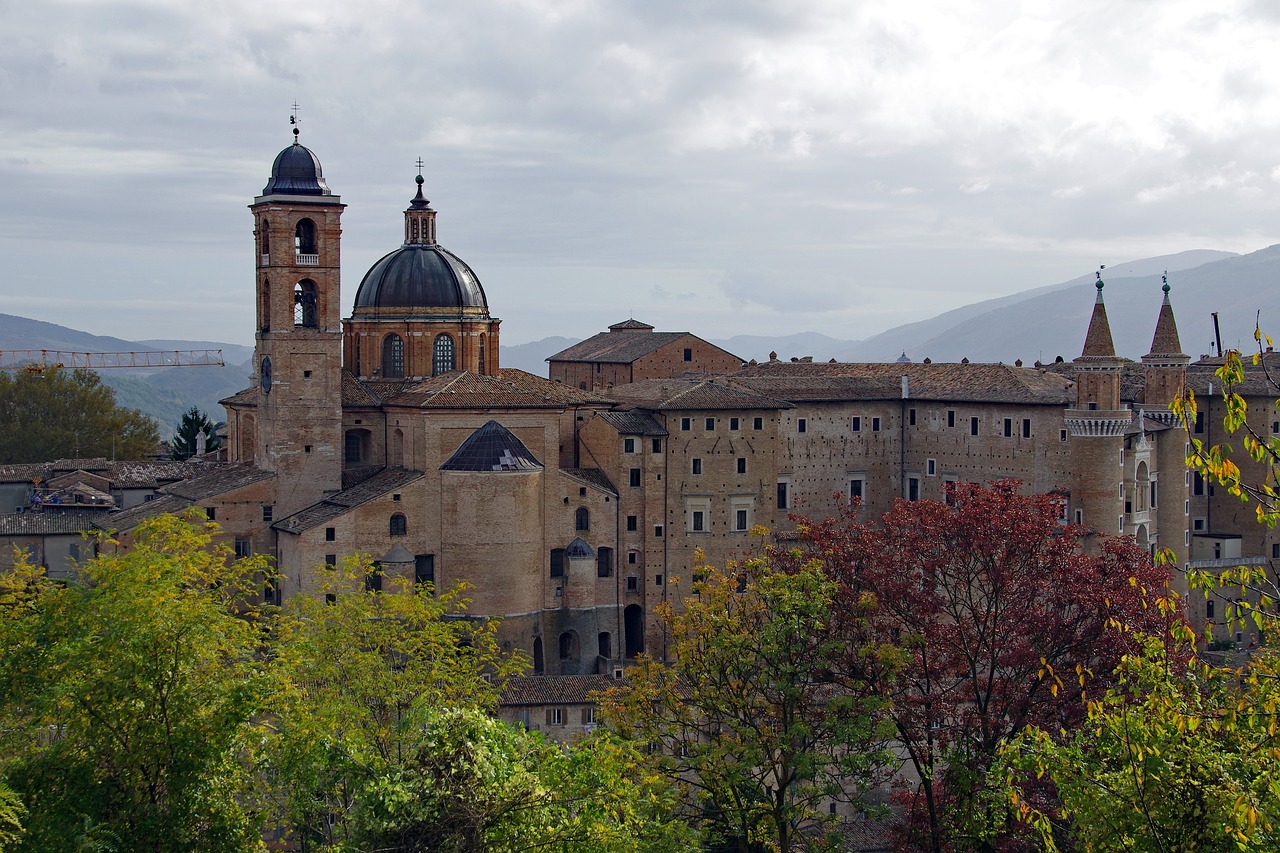
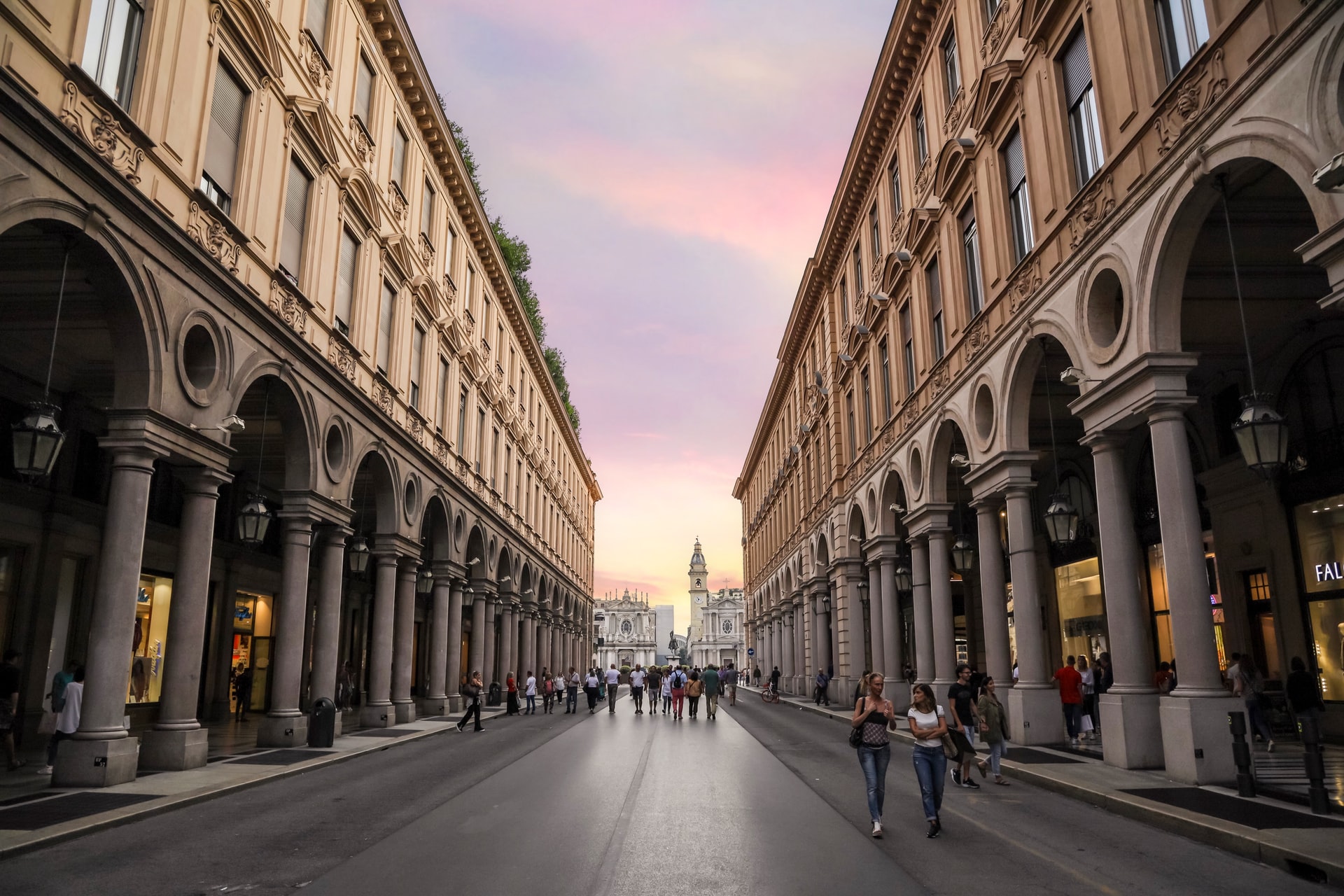
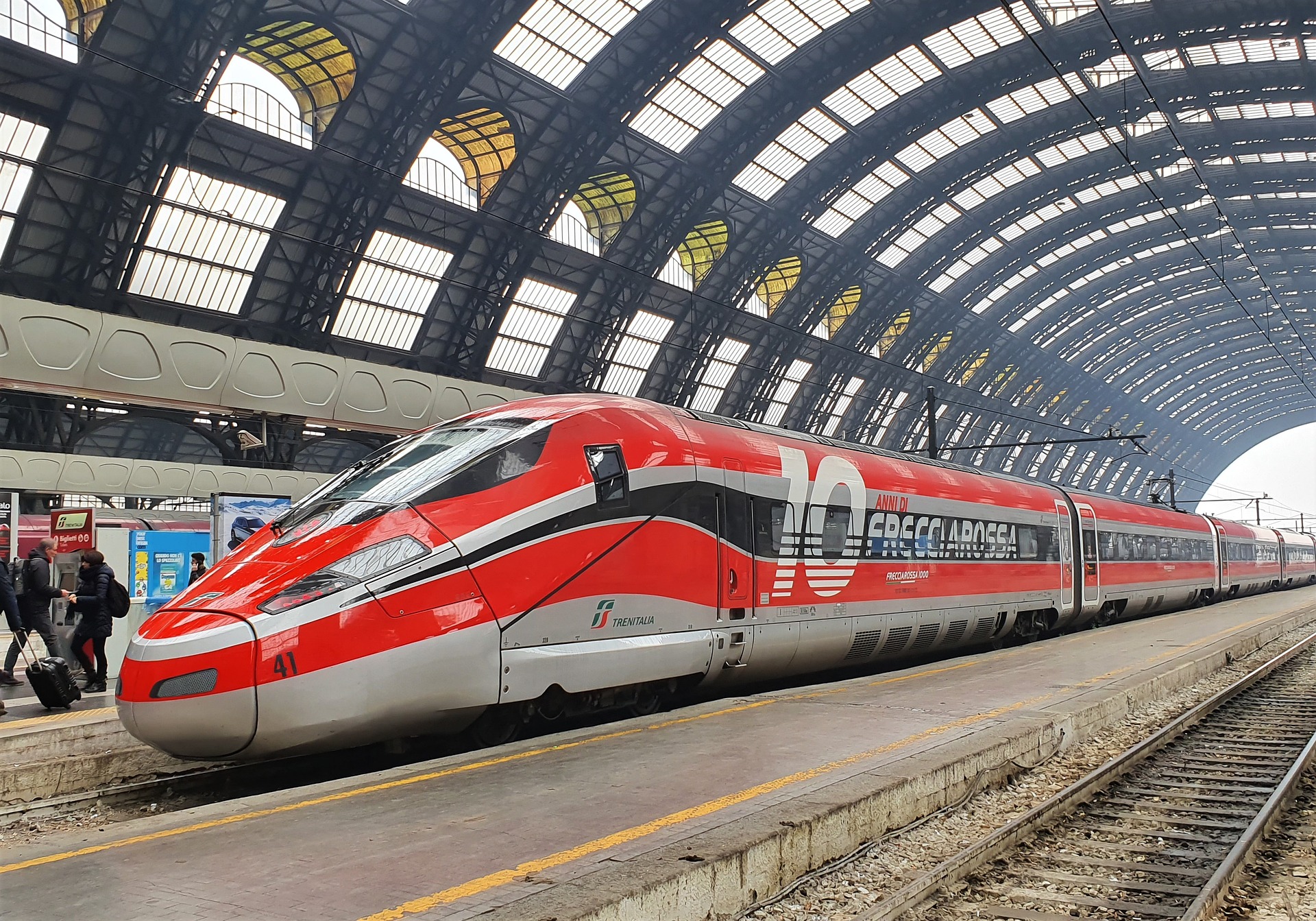
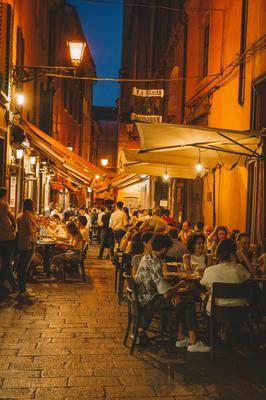
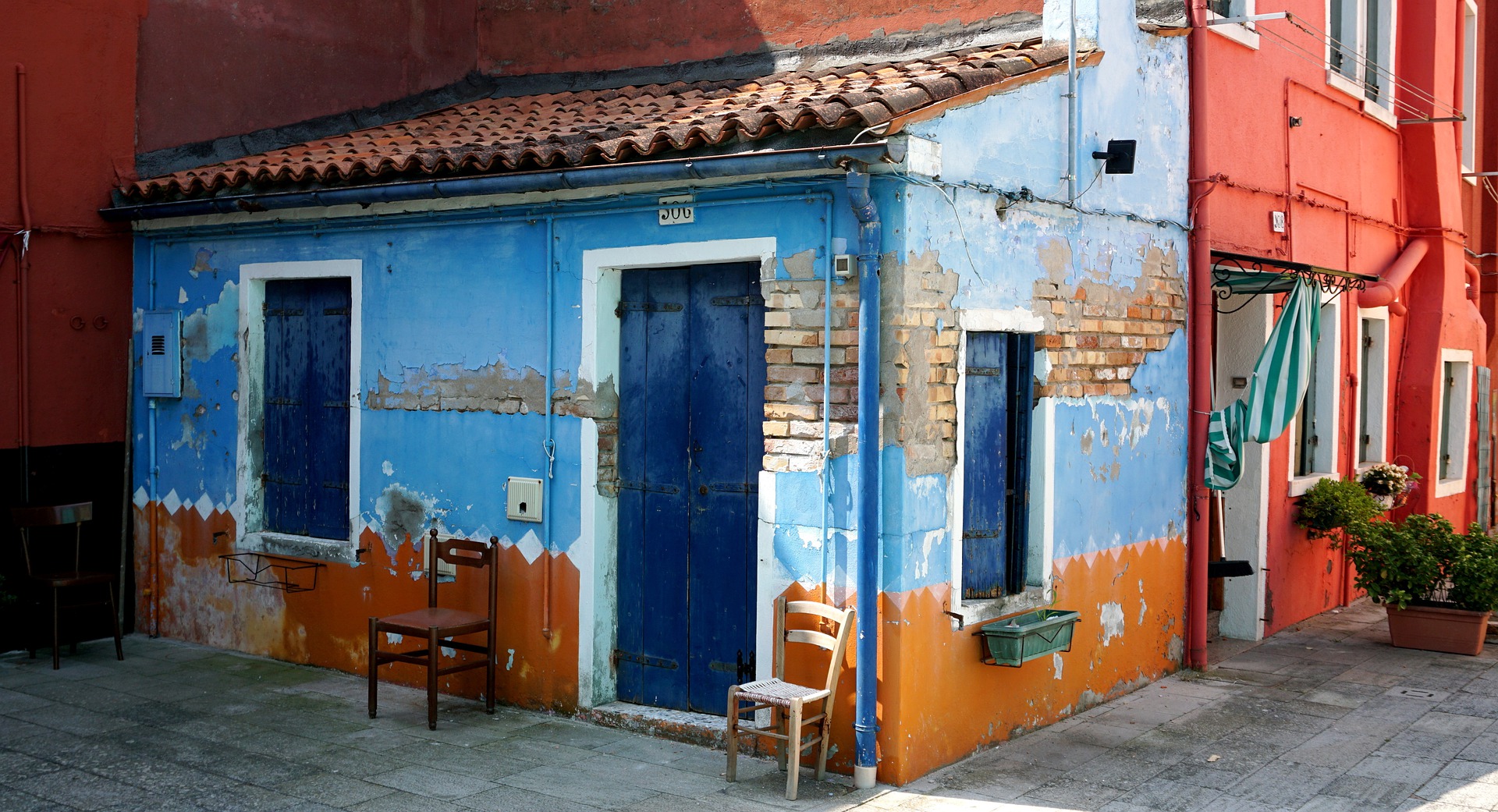
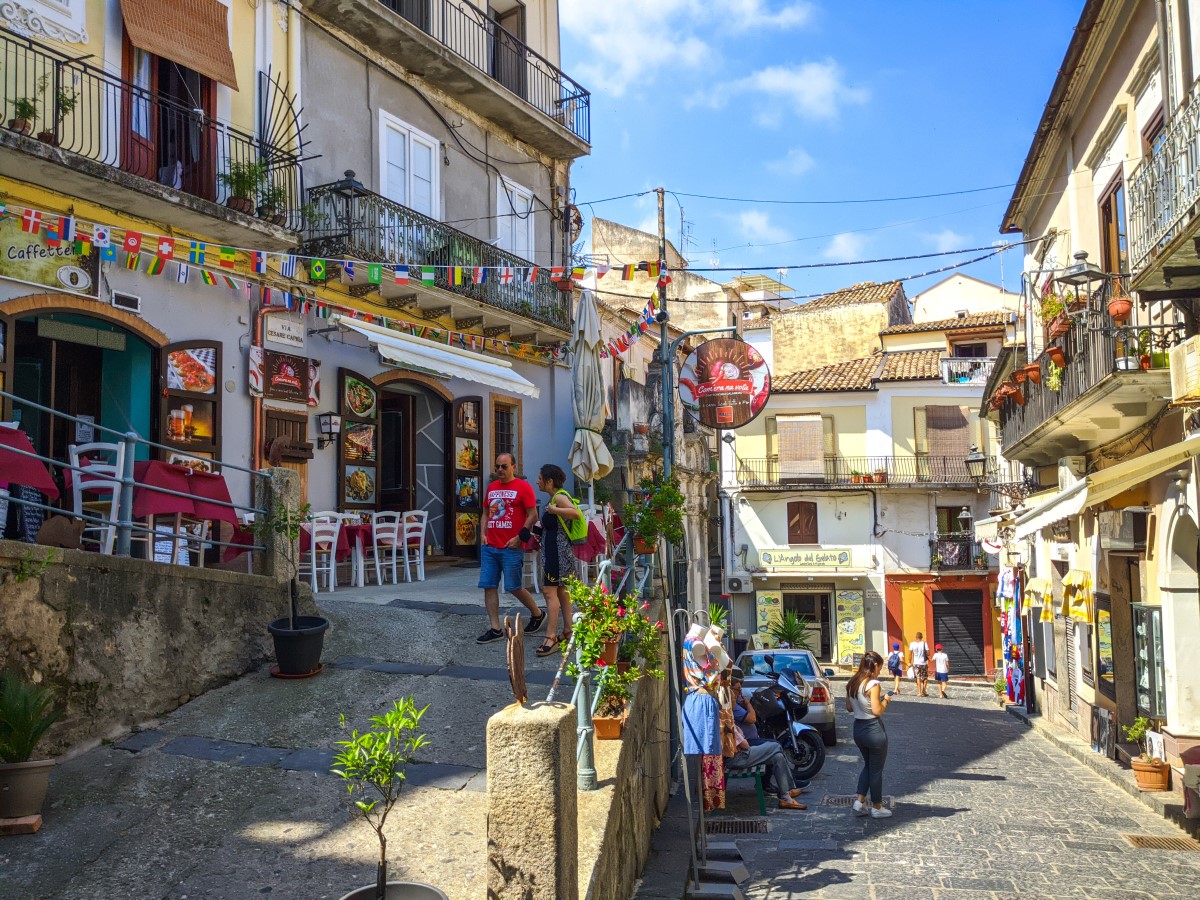

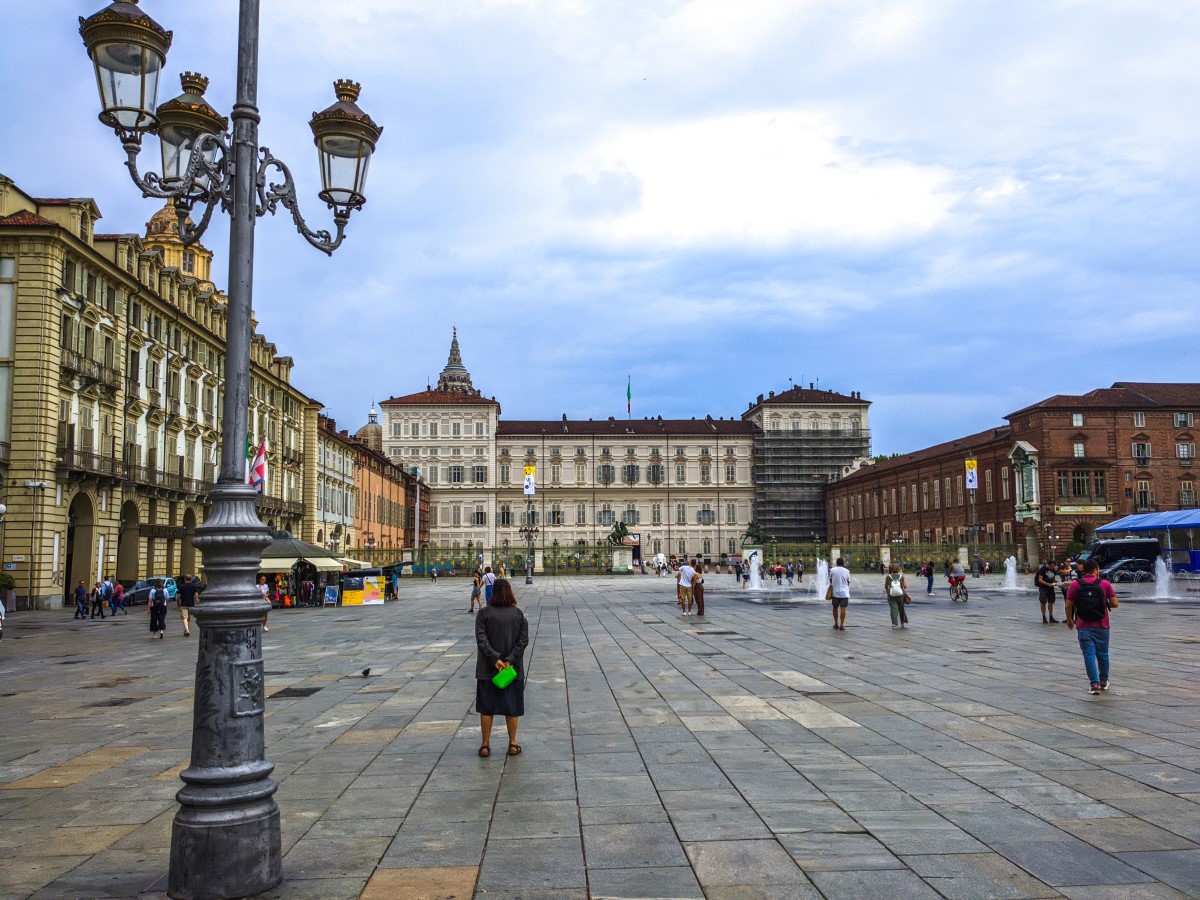




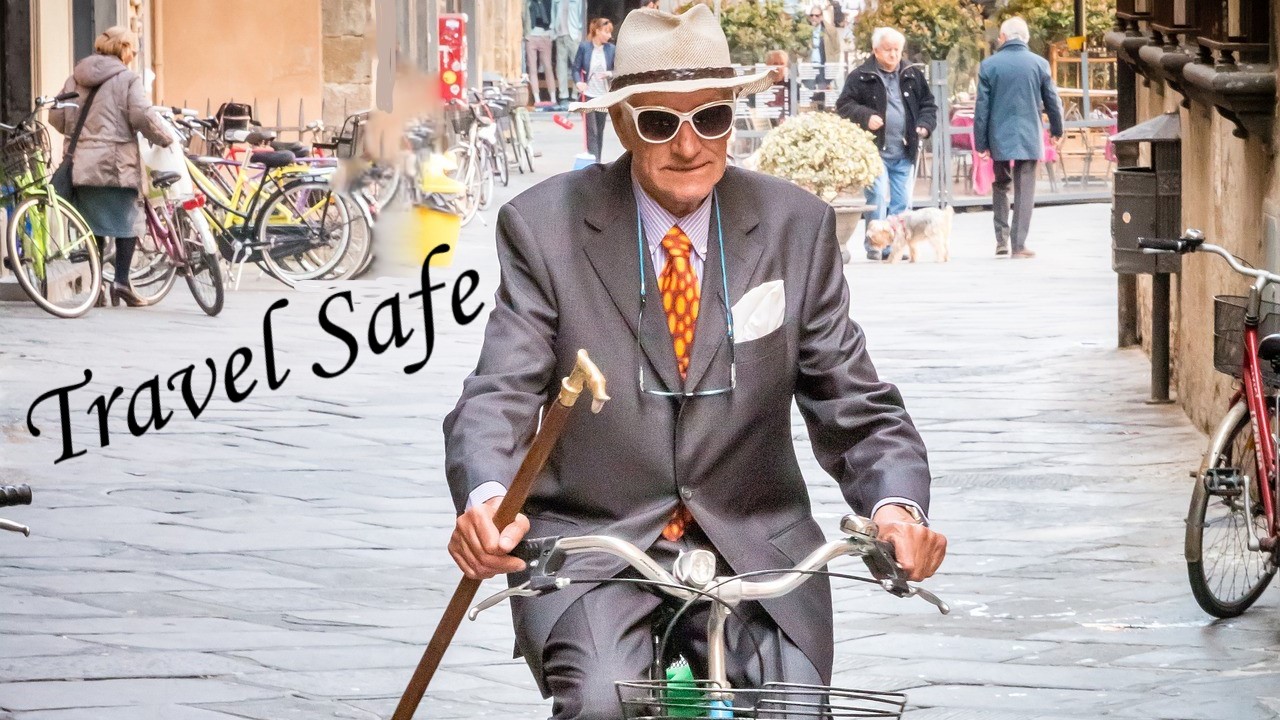
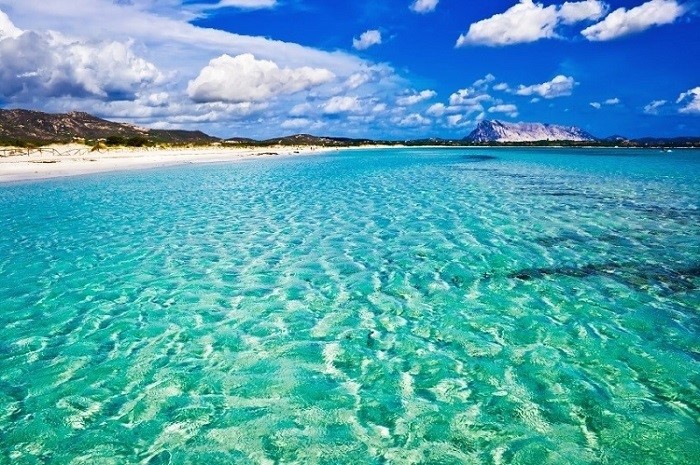
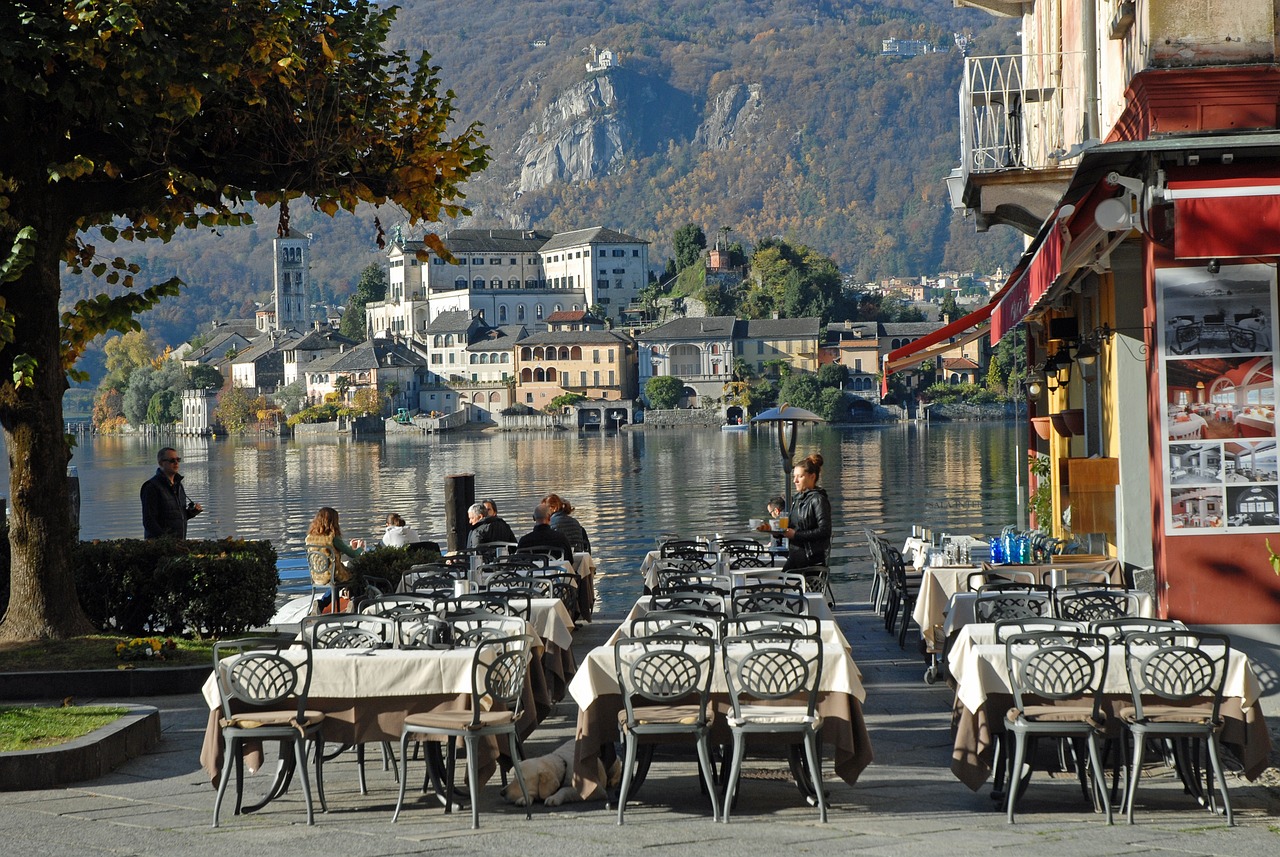
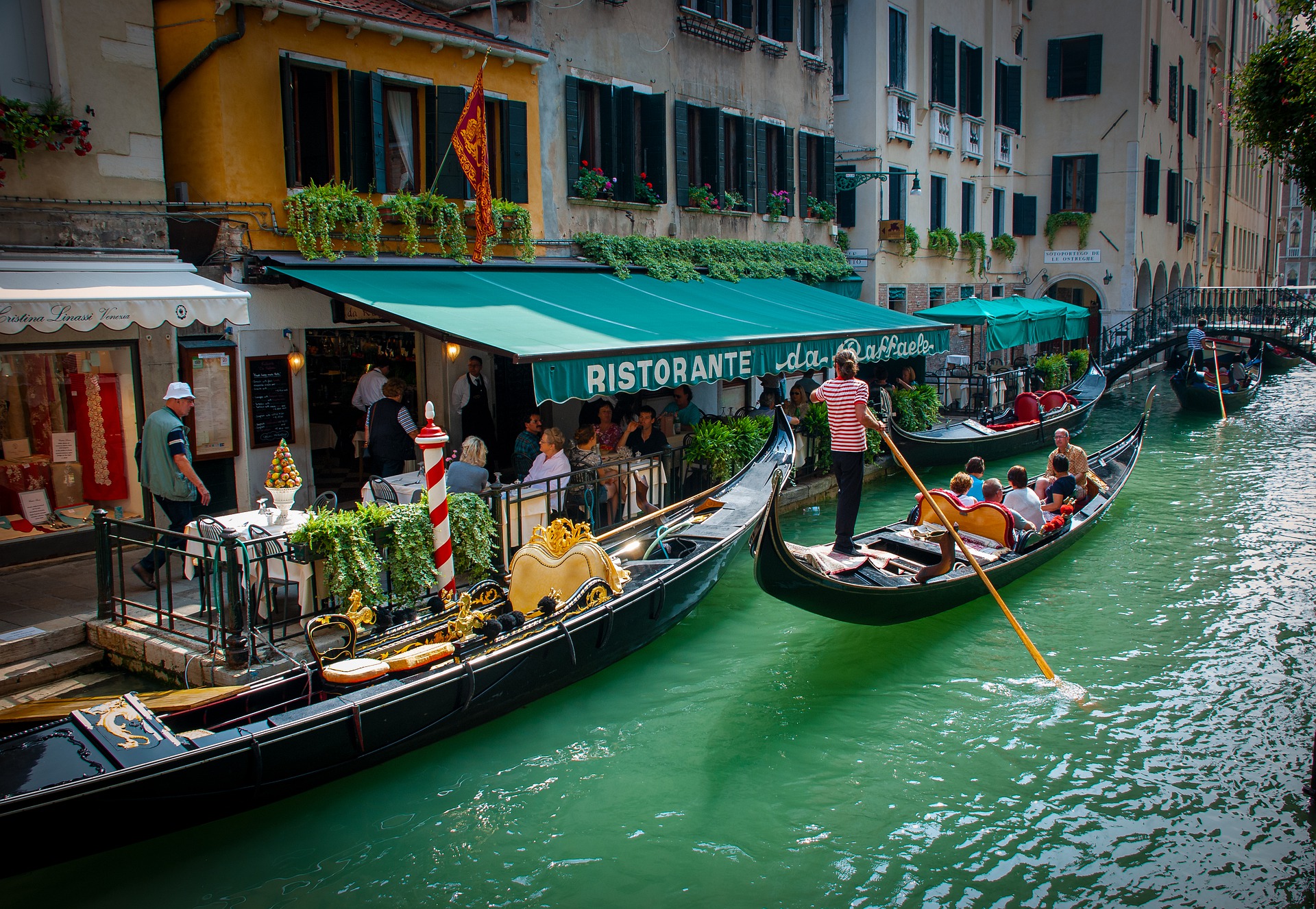


New! Comments
Have your say about what you just read! Leave me a comment in the box below.